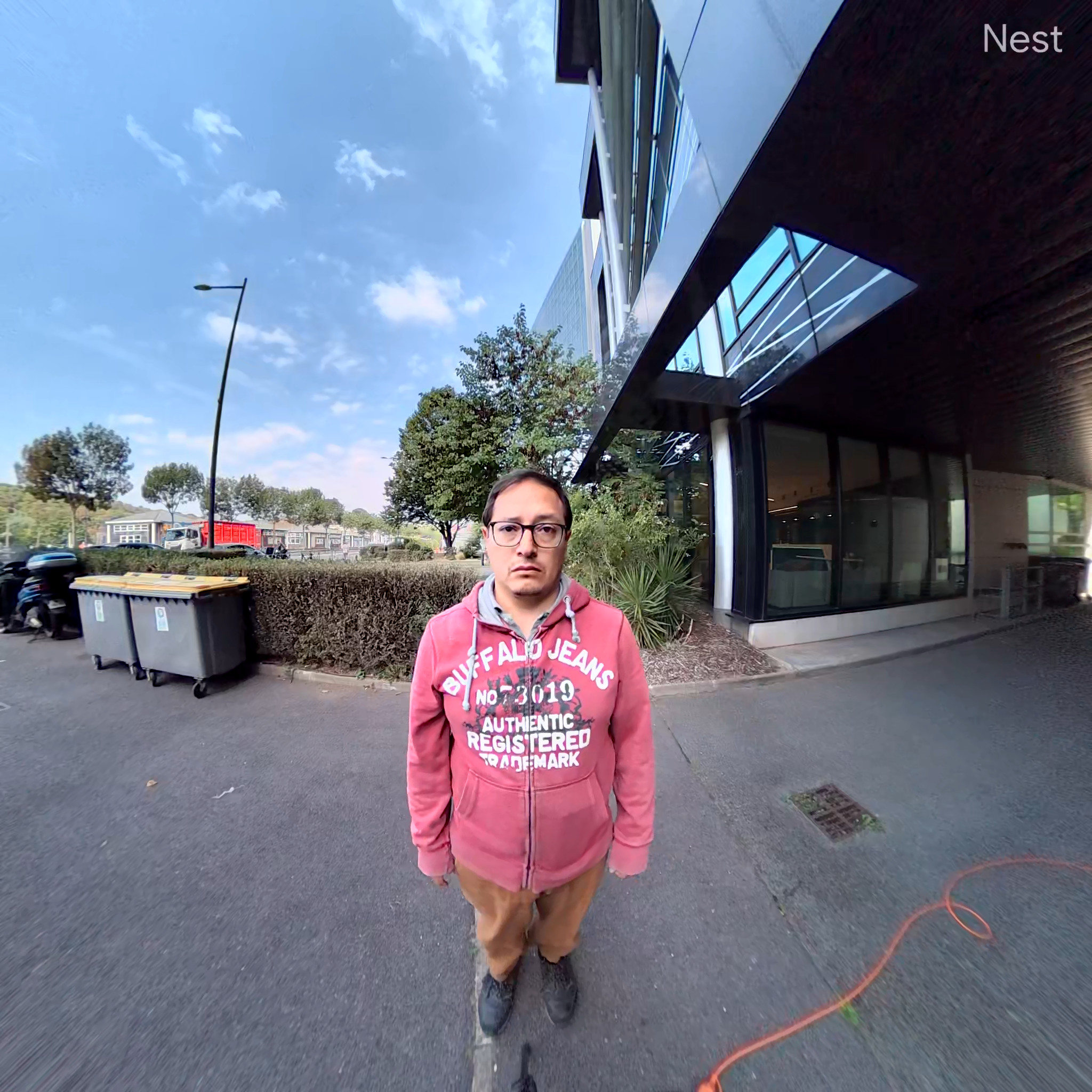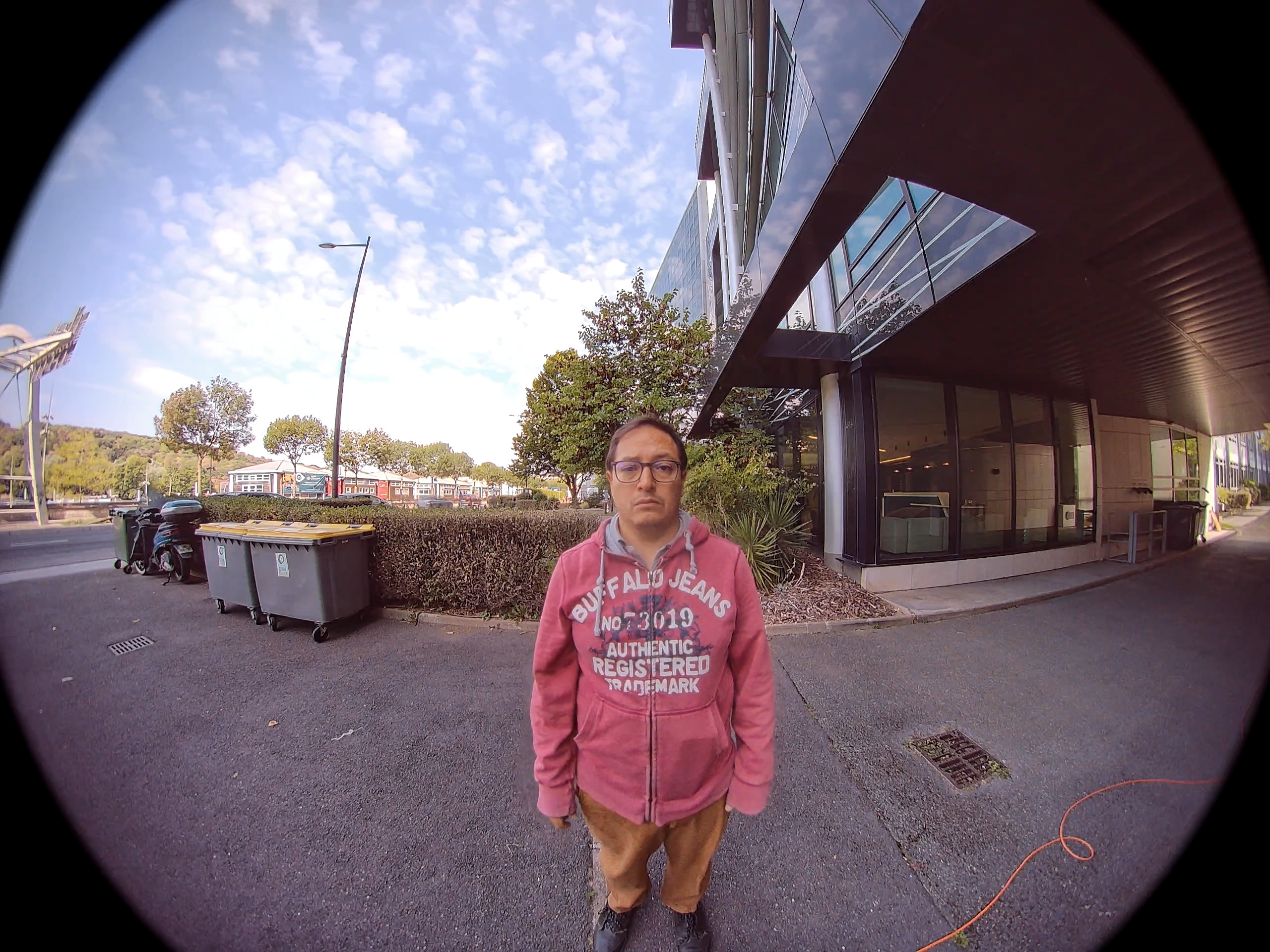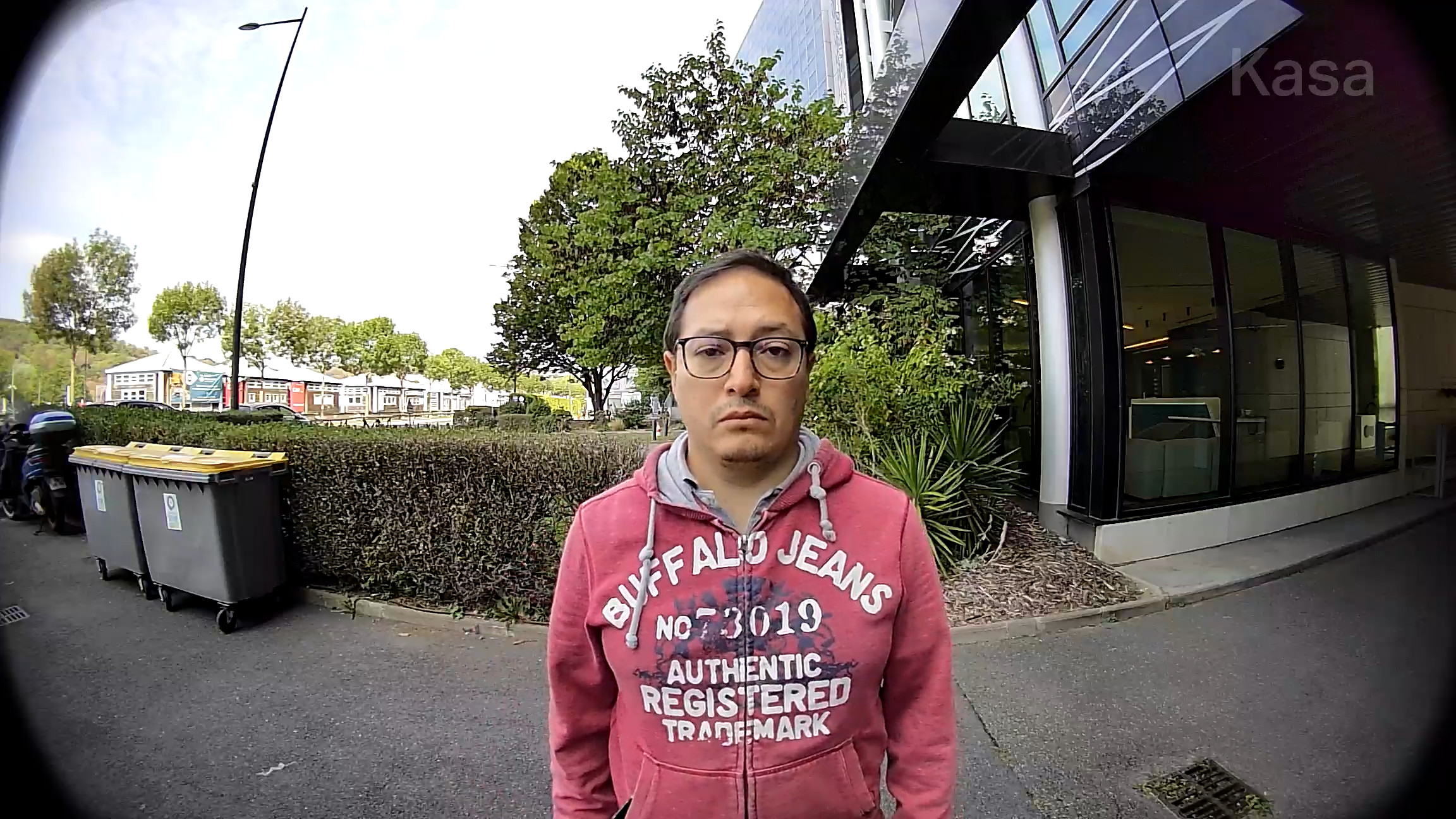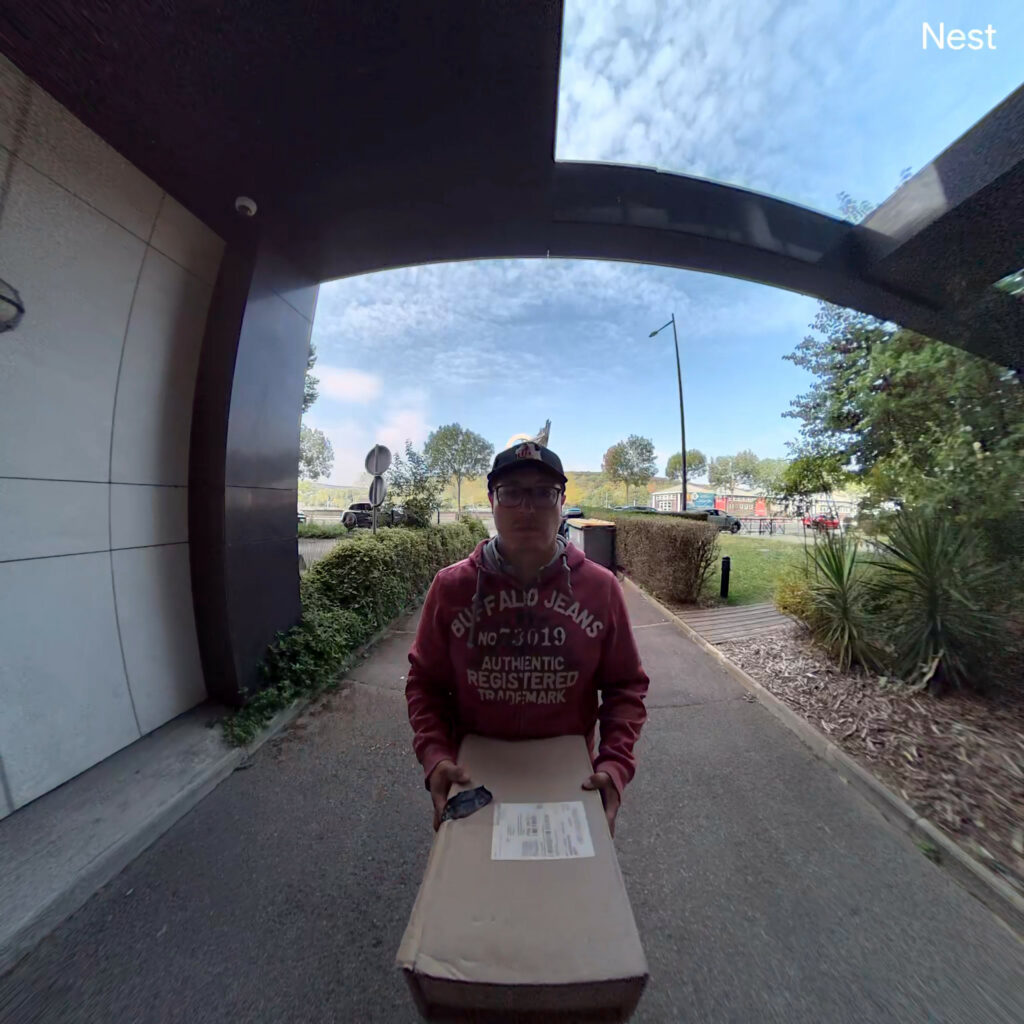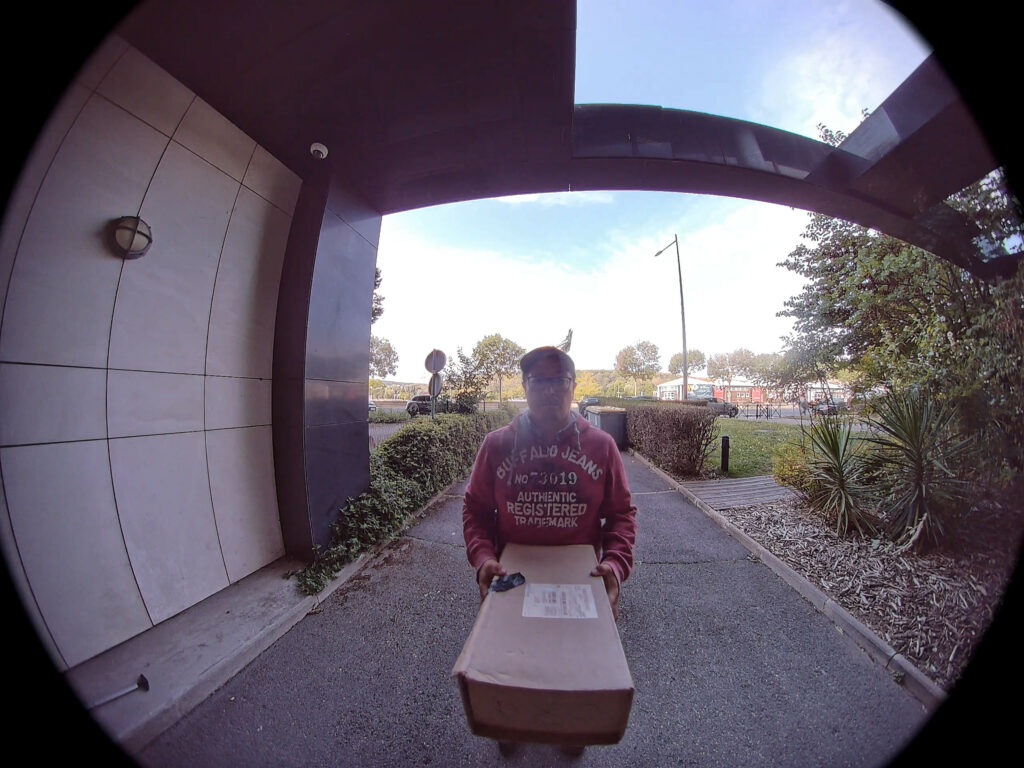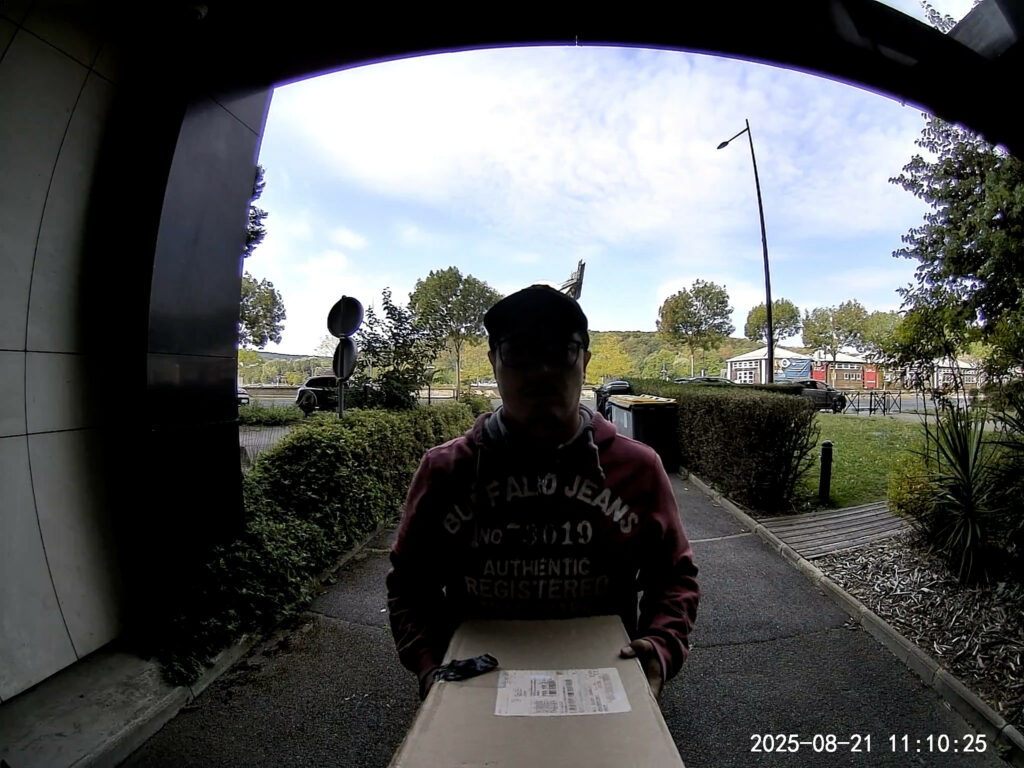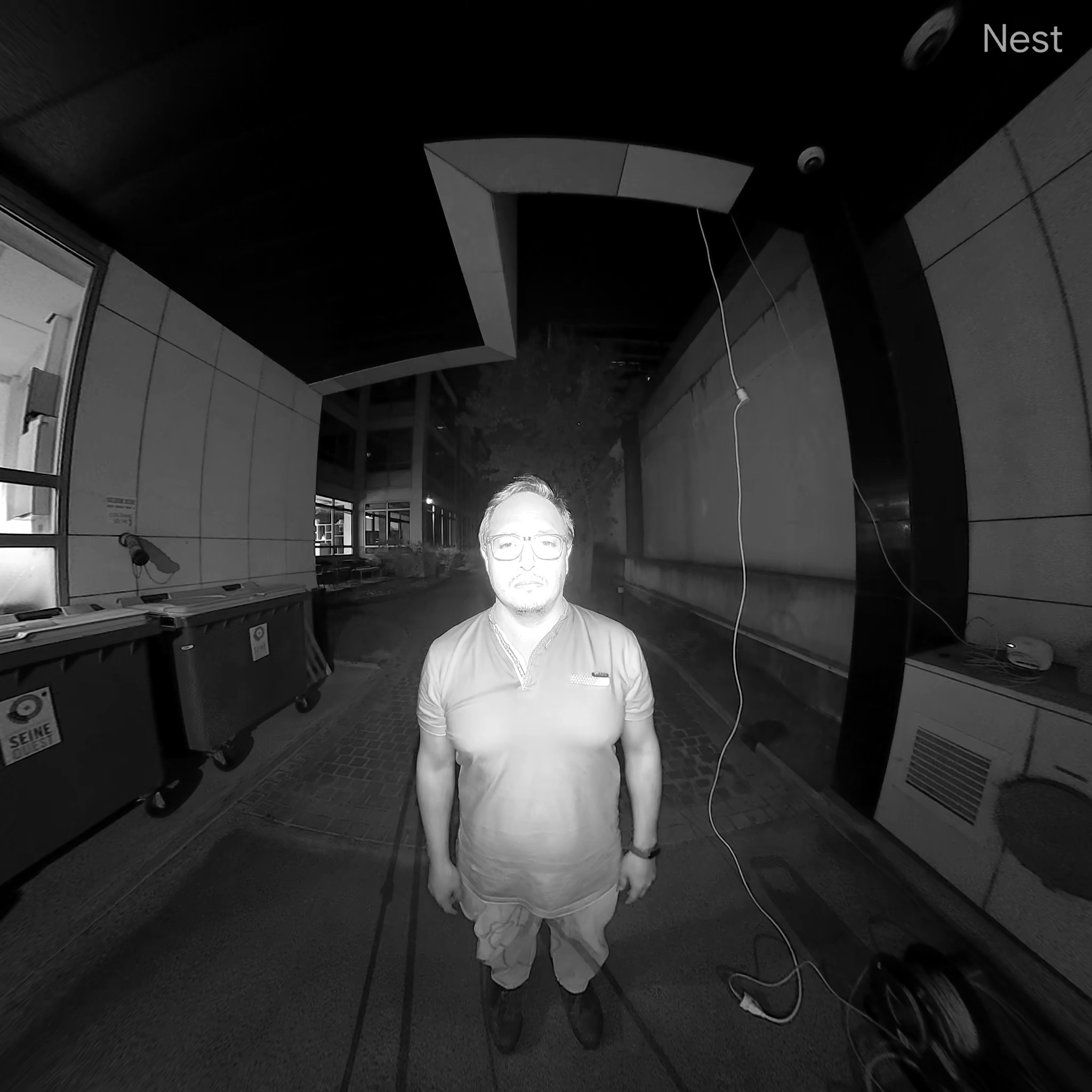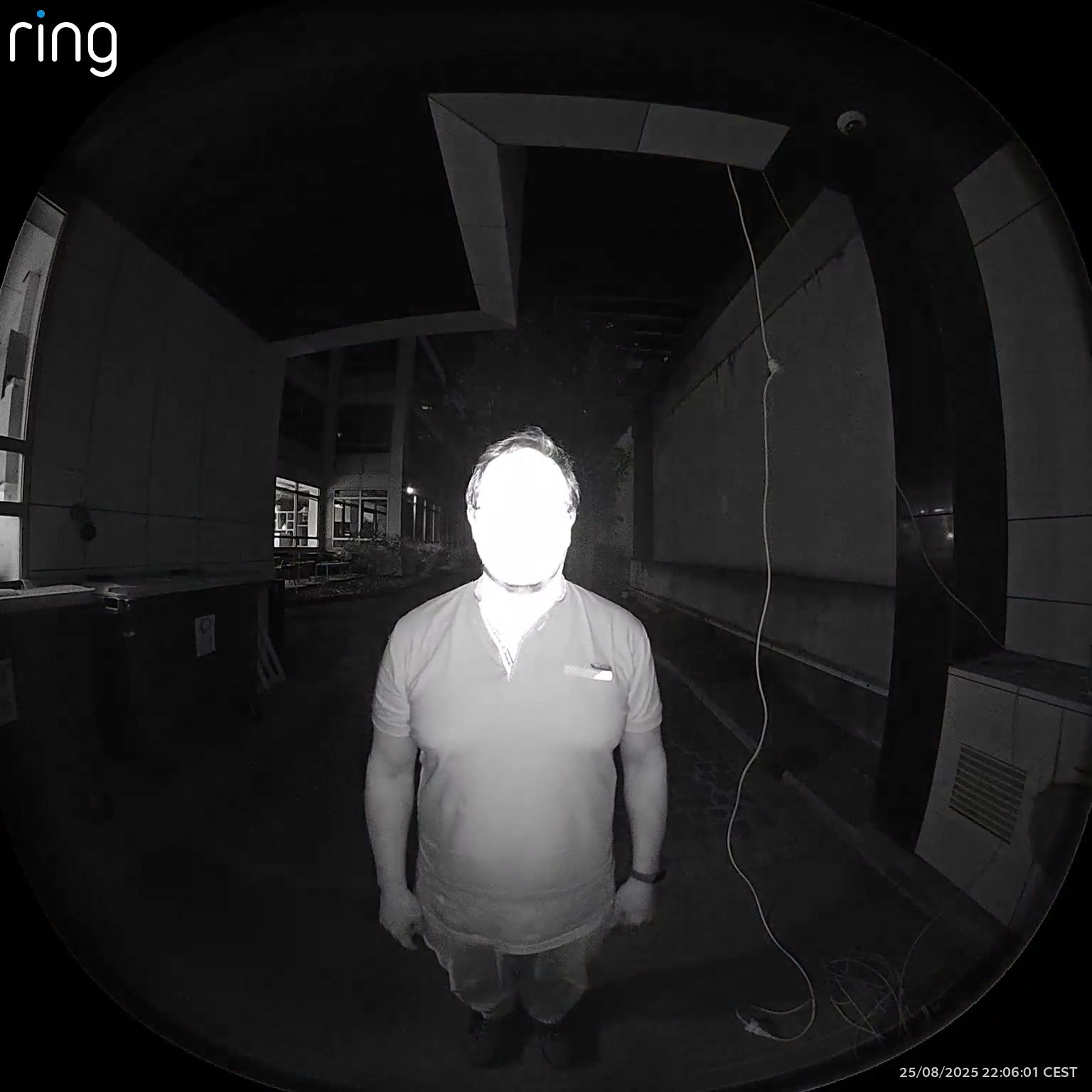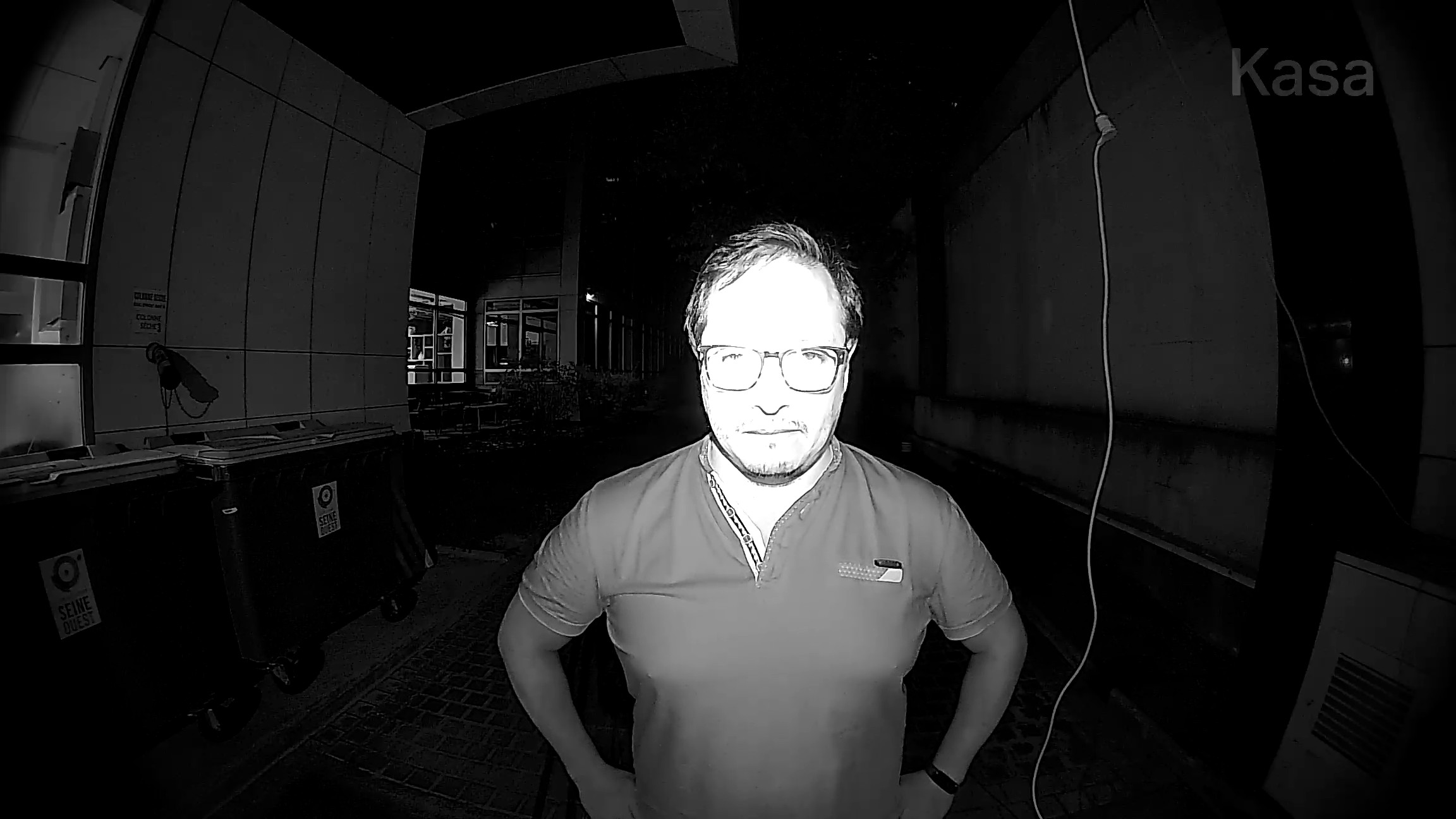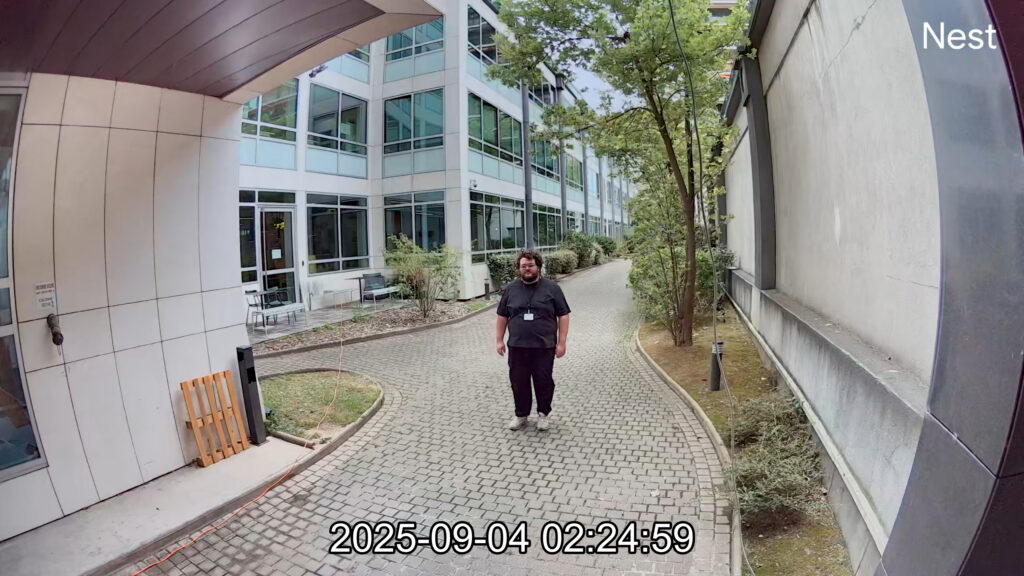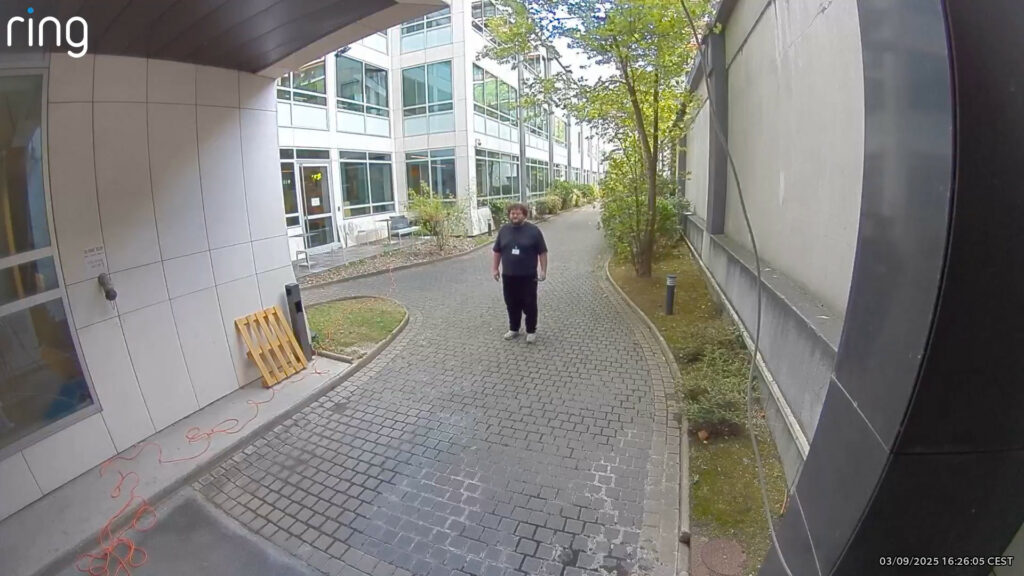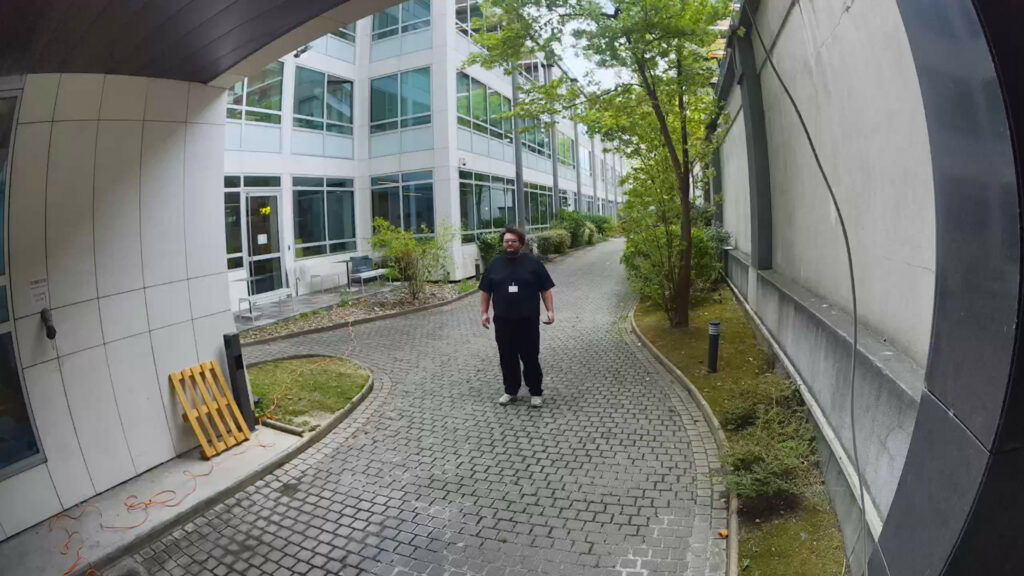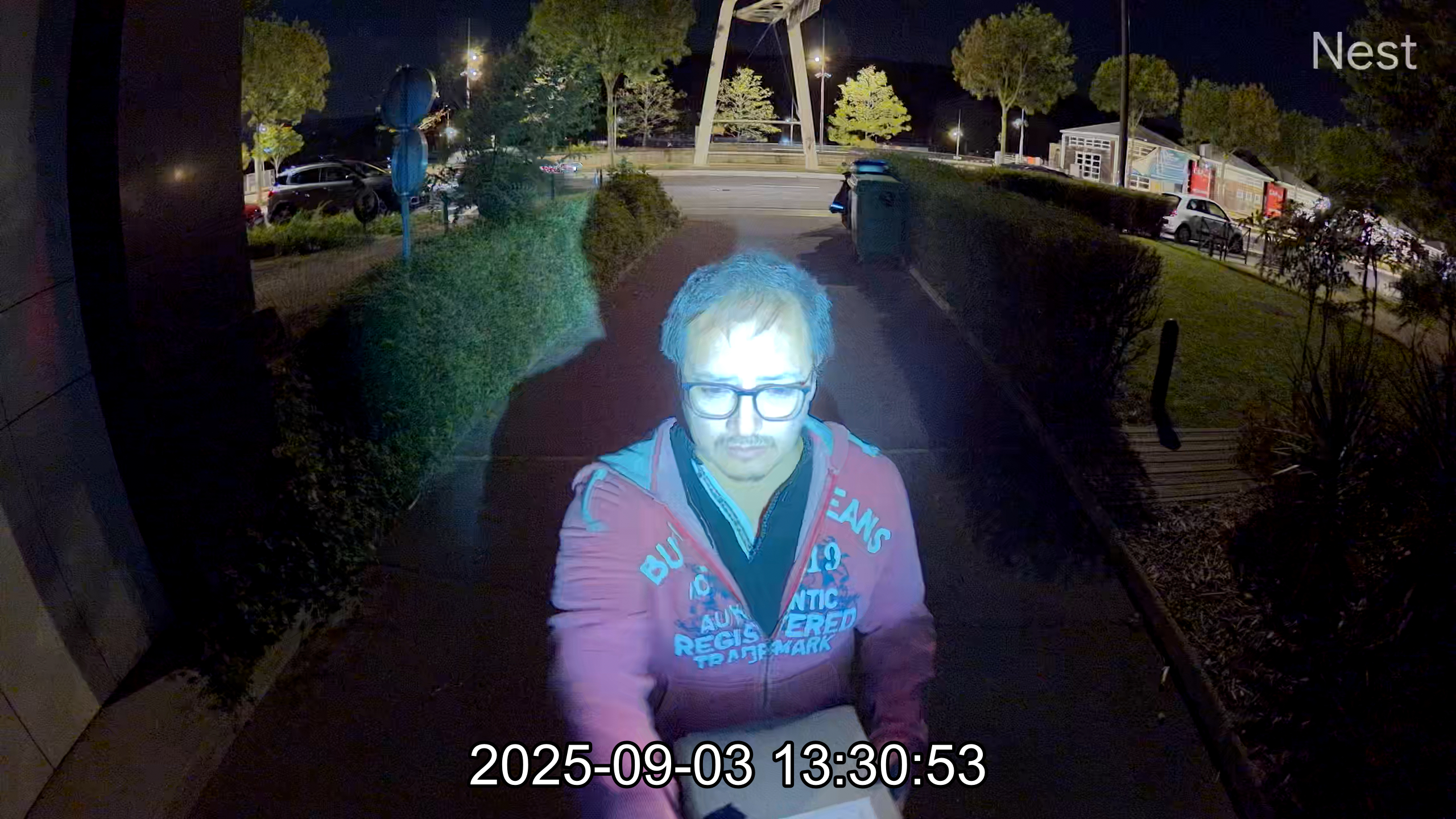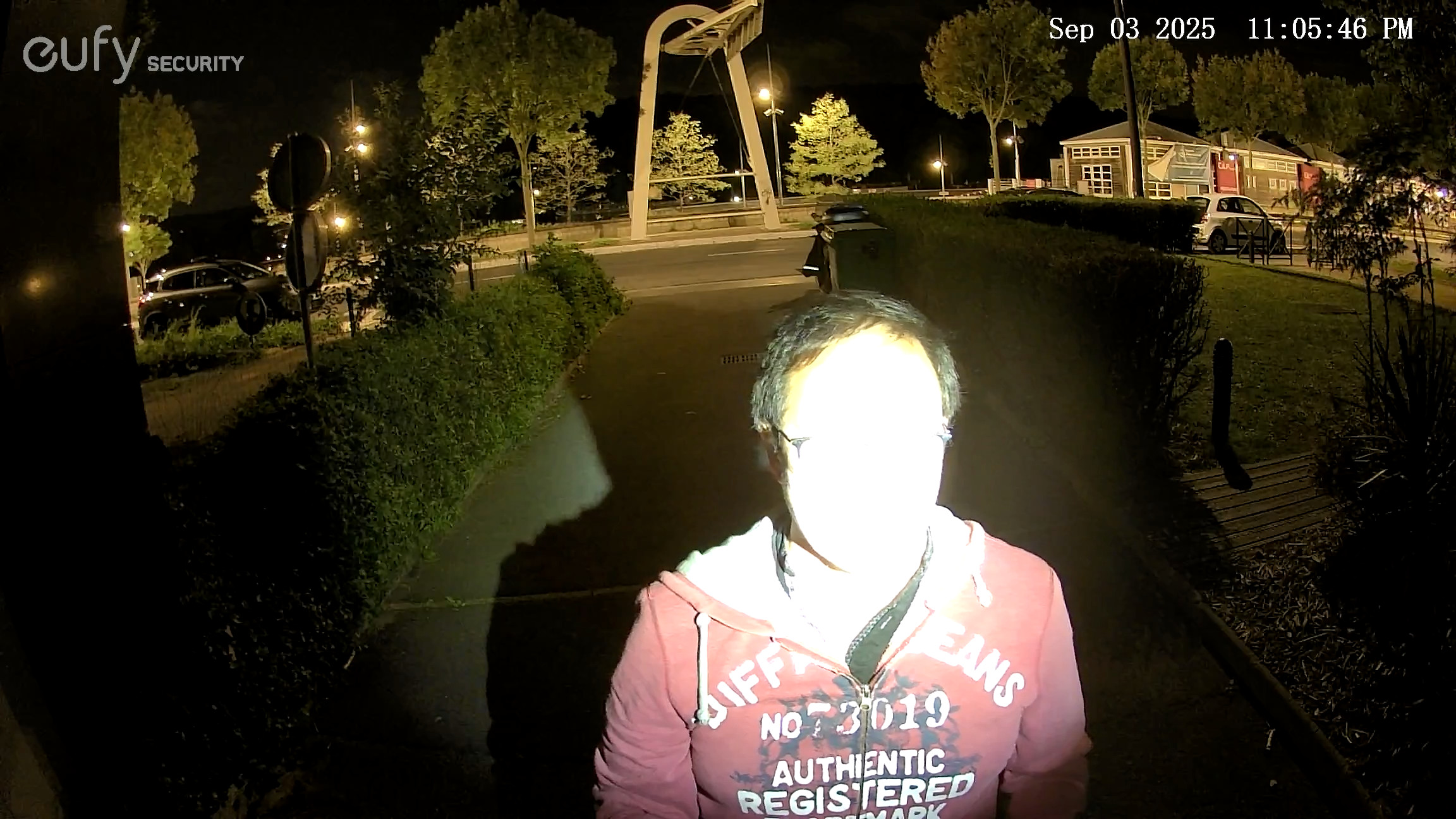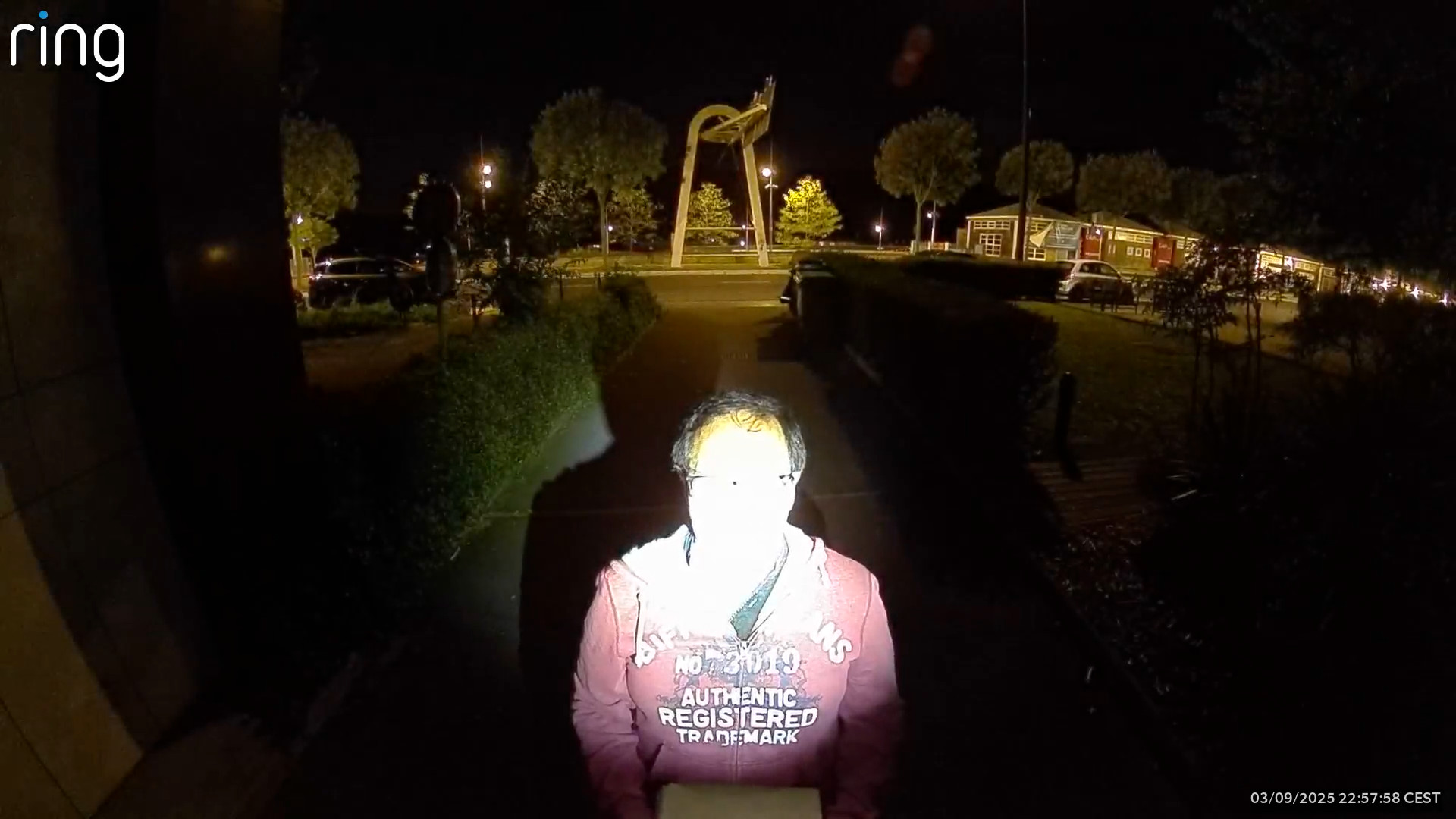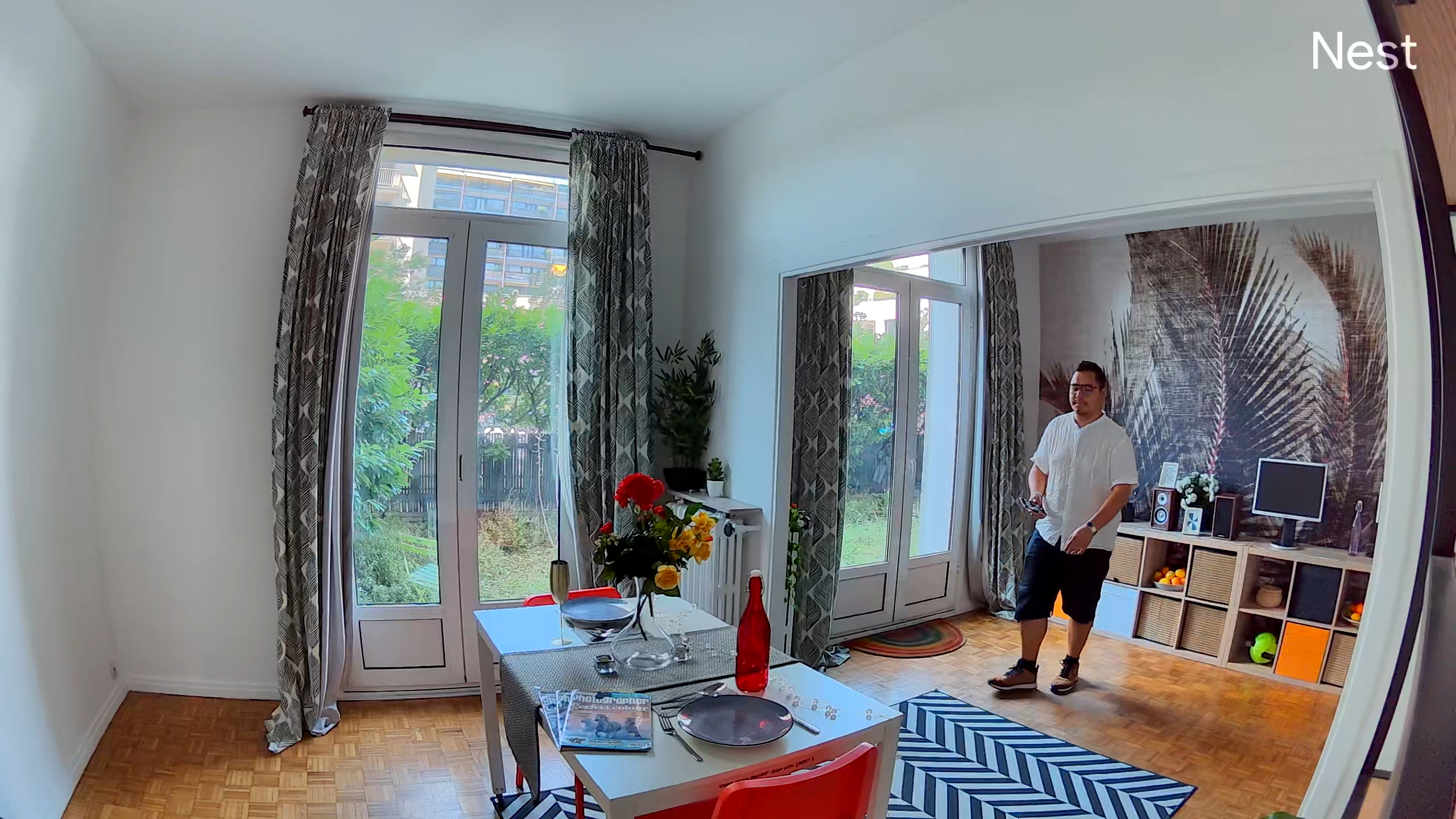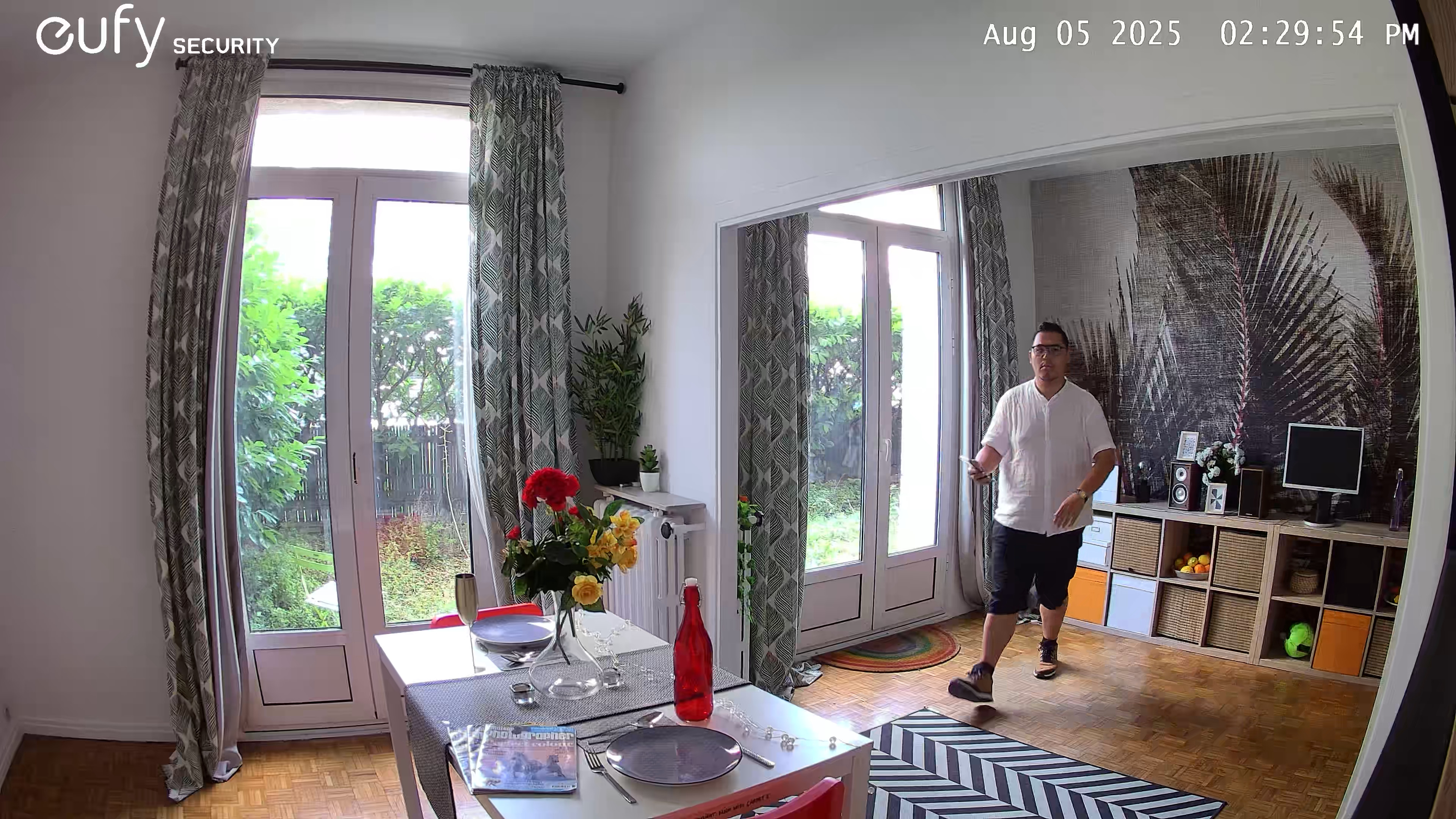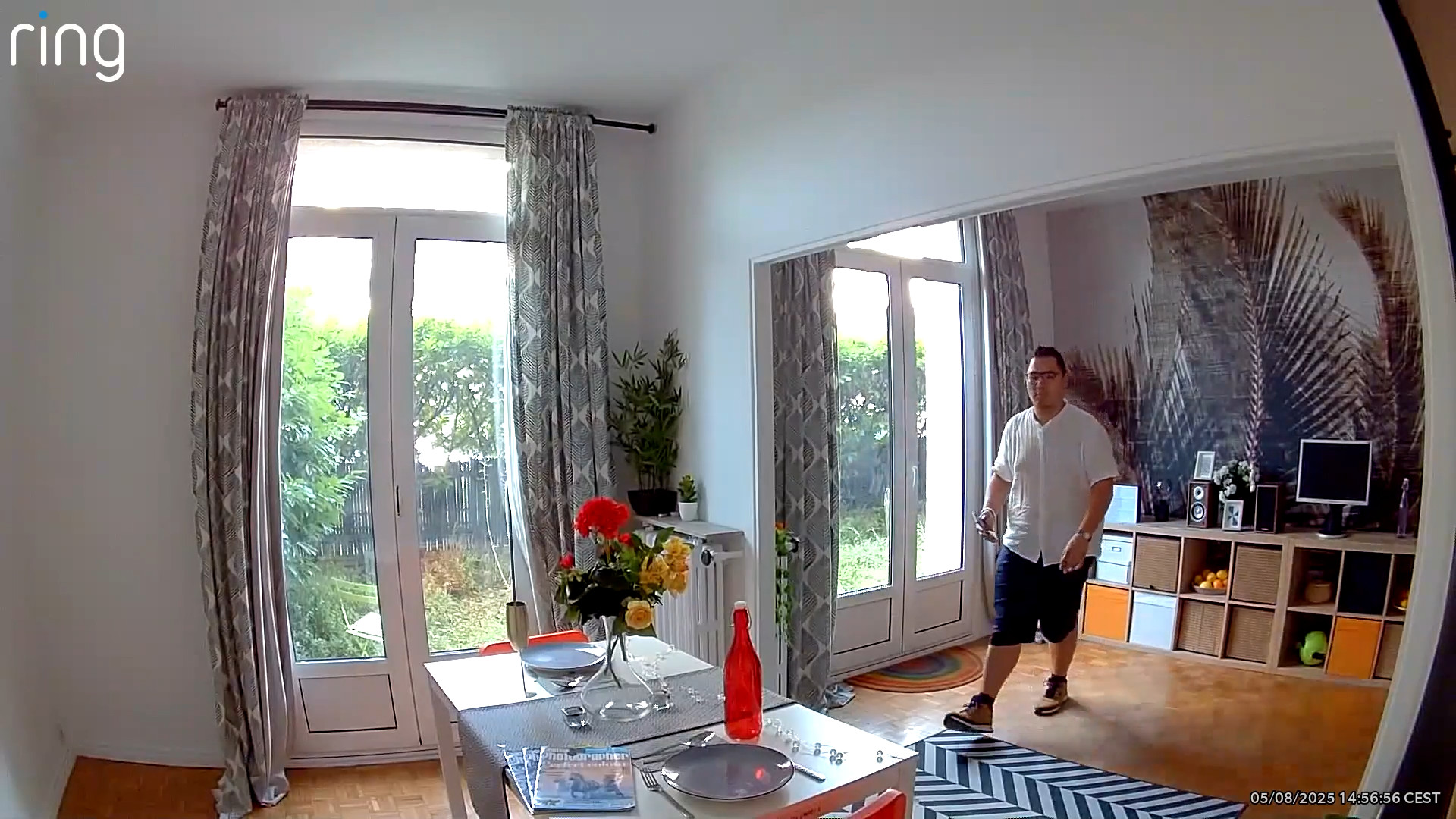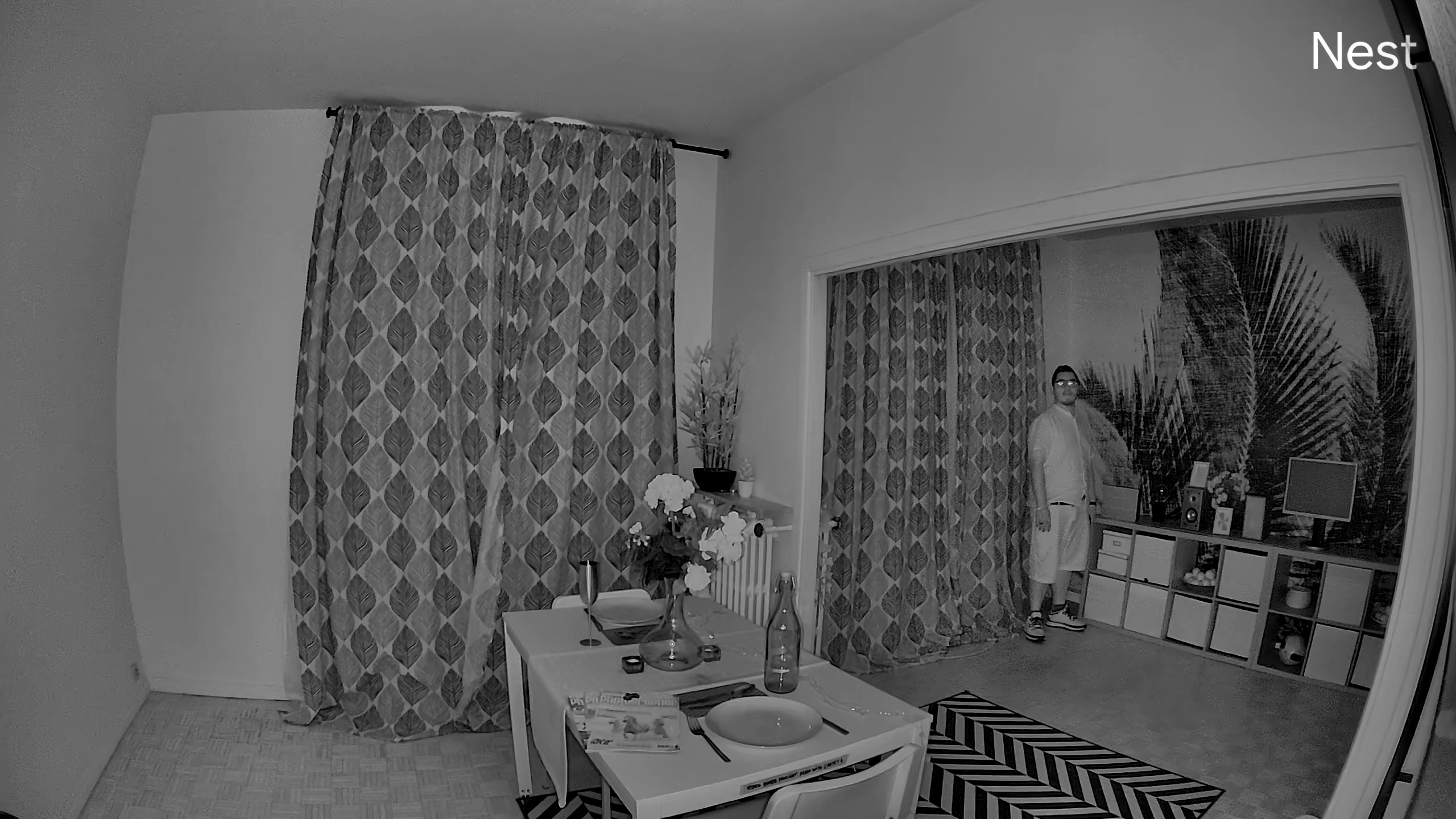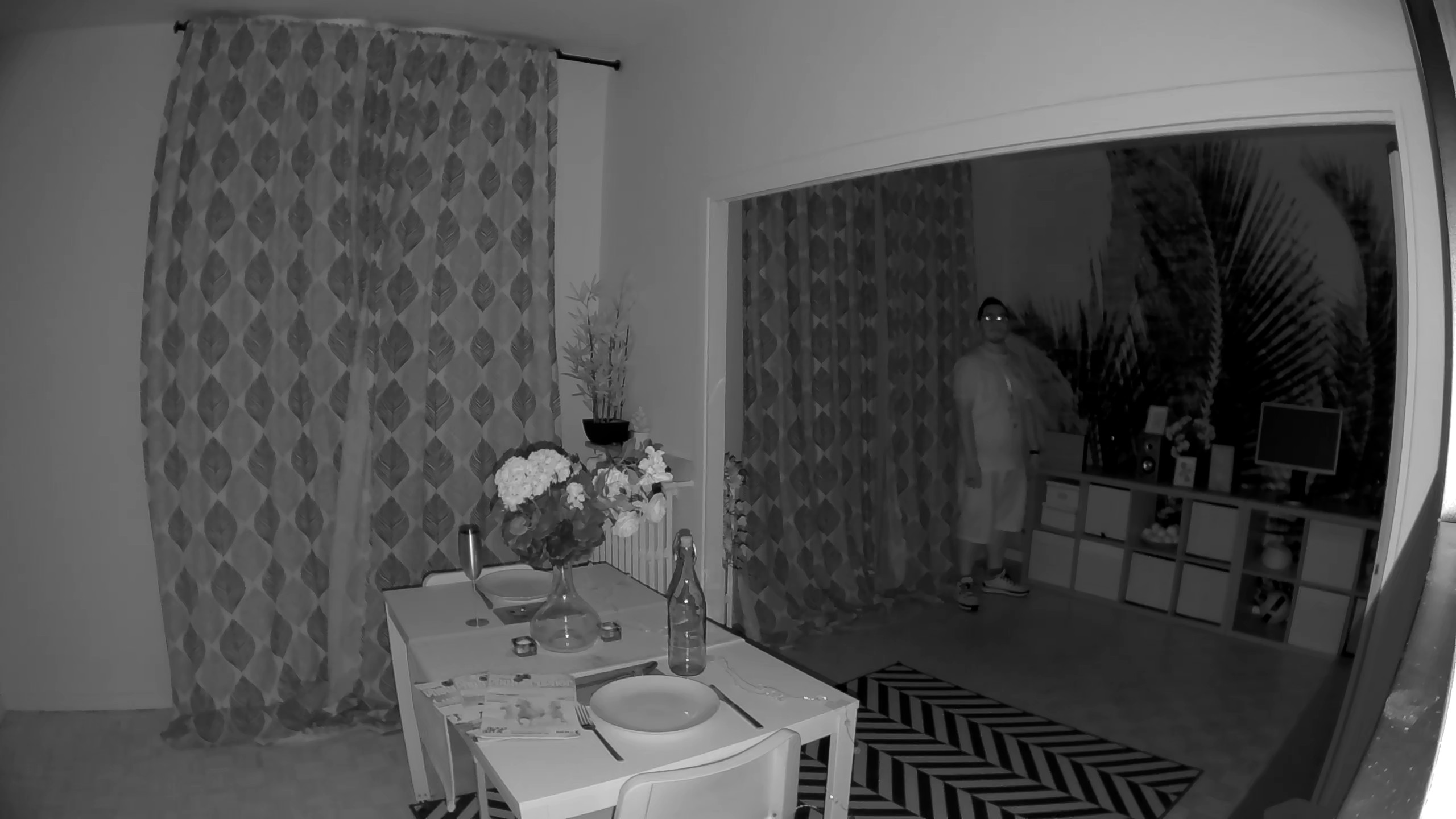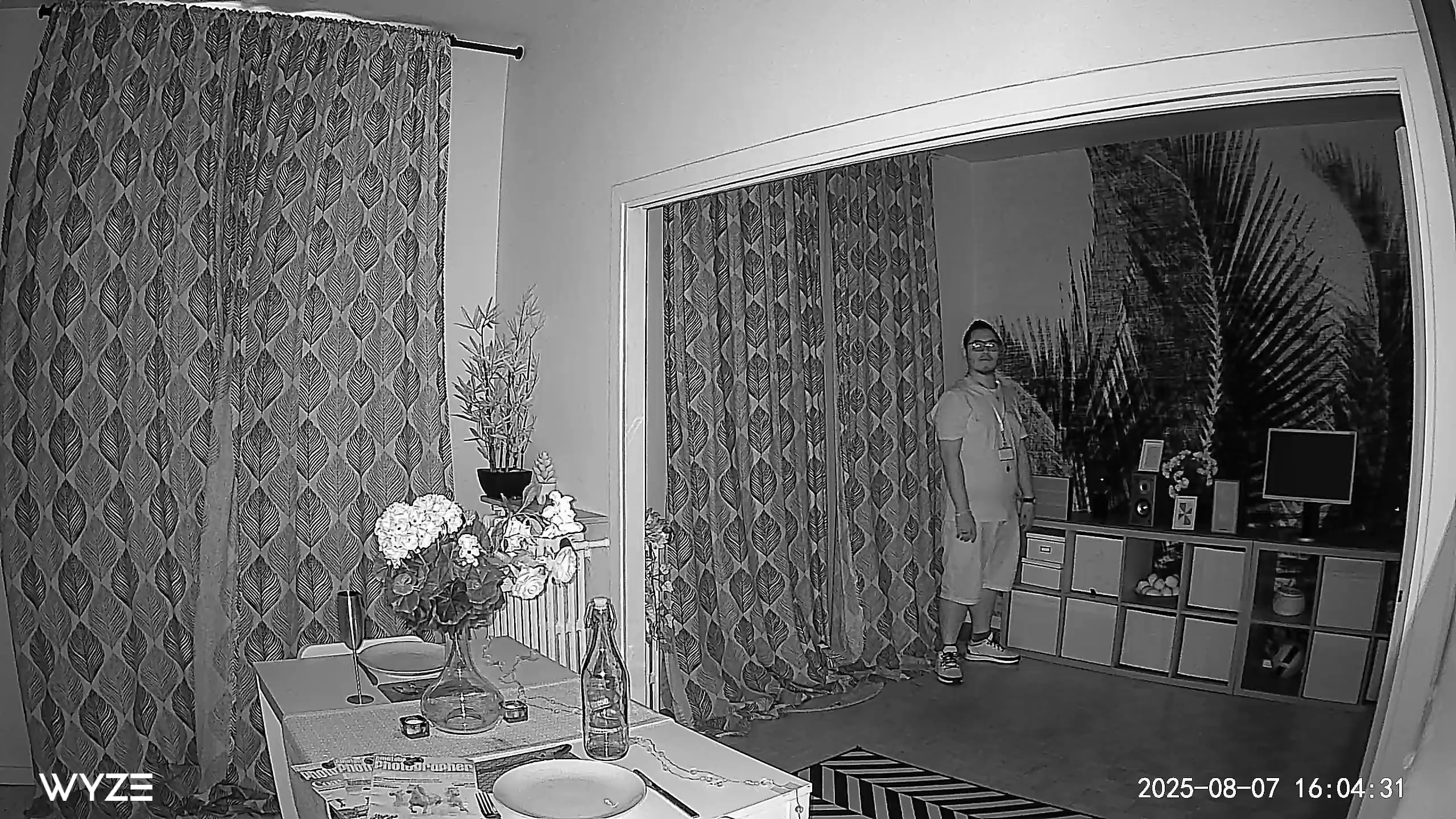In 2022, DXOMARK conducted a benchmark study of doorbell security cameras. Today, we return with a broader and more comprehensive evaluation, extending the scope to include a wider range of products, covering not only doorbells, but also indoor and outdoor security cameras.
While all security cameras serve the same fundamental purpose, allowing users to see what’s happening in and around their homes, the requirements and expectations vary depending on the product category. In this benchmark we assess each type of camera separately, highlighting their specific use cases, strengths and limitations.
As with all DXOMARK protocols, our evaluation combines rigorous laboratory testing with perceptual analysis in real-world scenarios. The scores rely on objective tests generated by measurement software under controlled lab setups for and on perceptual tests in which a sophisticated set of metrics allow a panel of image experts to compare aspects of image quality that require human judgment. Please note that our tests covered only the image quality, not the overall performance of the doorbell (such as the quality of the Wi-Fi connection, latency…)
In this article, we present a benchmark comparing the performance of devices across different categories.
Doorbell Cameras
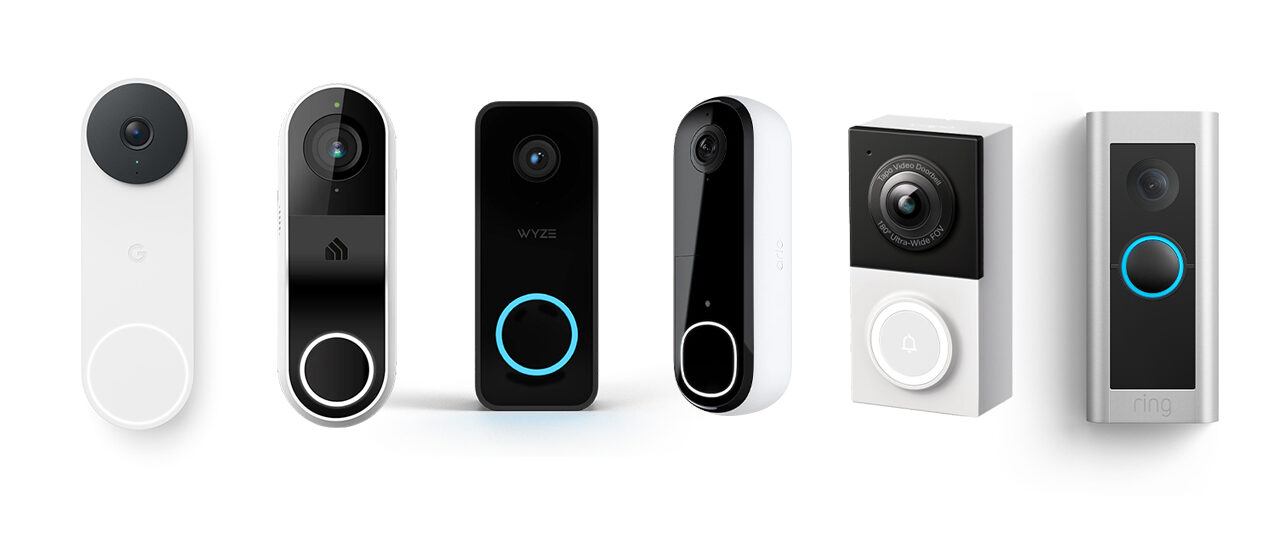
For doorbell cameras, the primary user expectation is clear: the ability to reliably identify who is at the door, whether it’s broad daylight, dusk, or nighttime. This requires accurate exposure in a variety of conditions: bright sunlight, backlit scenes, and low light. Effective recognition also depends on capturing fine details, from facial features to textures, such as brand logos, badges, or even text on packages.
As noted, doorbell cameras were the focus of a dedicated benchmark published in 2022. In this updated study, we revisit the category with six of the latest models. Each was tested using a dedicated version of our camera protocol, tailored to doorbell use cases. We evaluated their performance across a range of lighting conditions, from day to night, while accounting for dynamic scenes and varying subject distances.
Here are their respective specifications of the models tested:
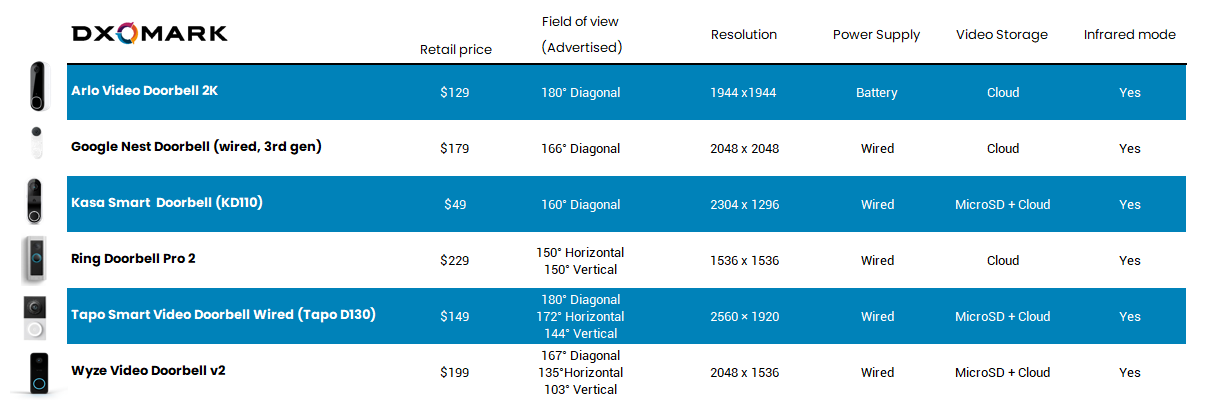
To provide accuracy and perspective, we’ve added actual images of the field of view, illustrating what you will genuinely see through the camera:
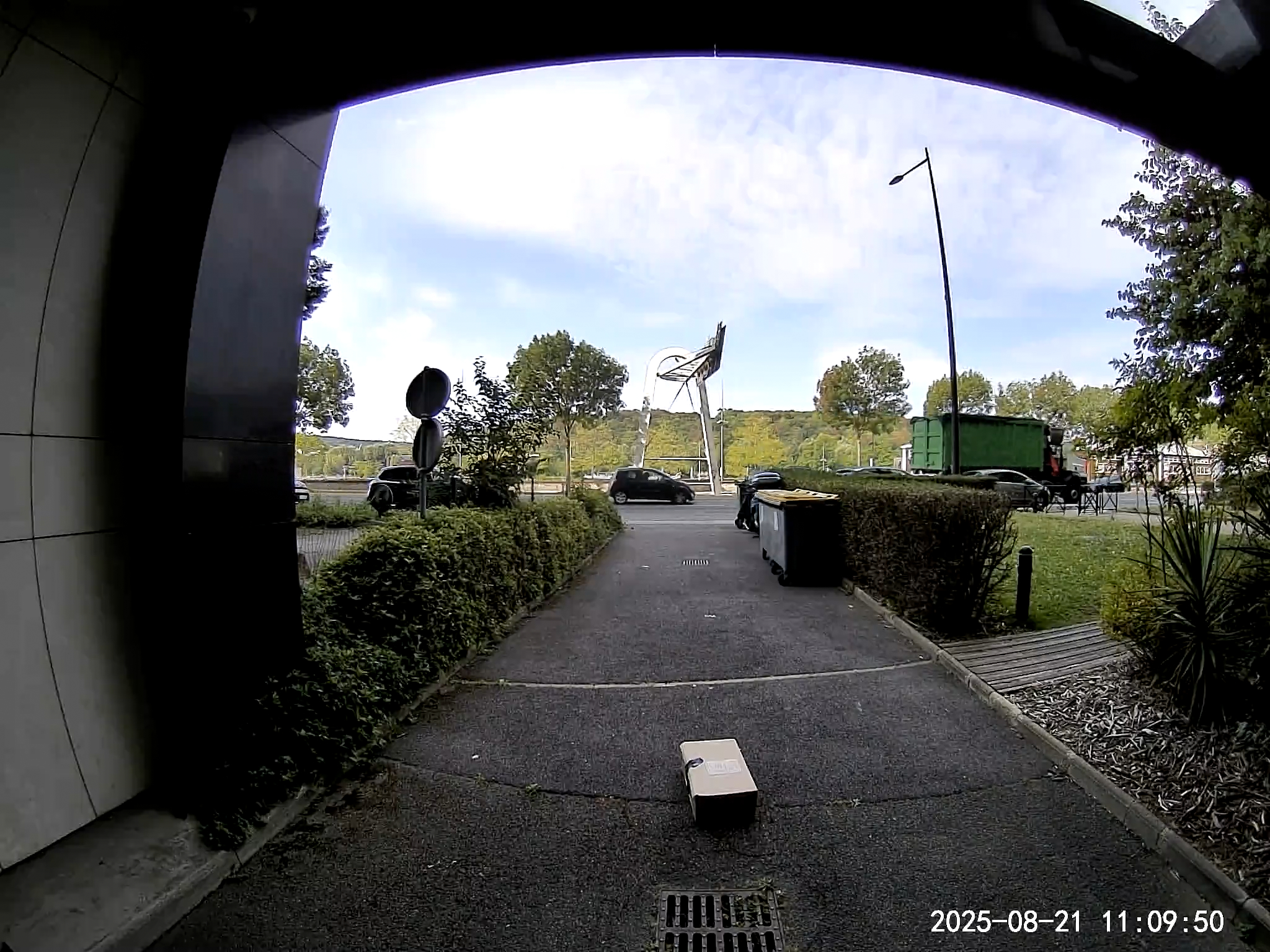
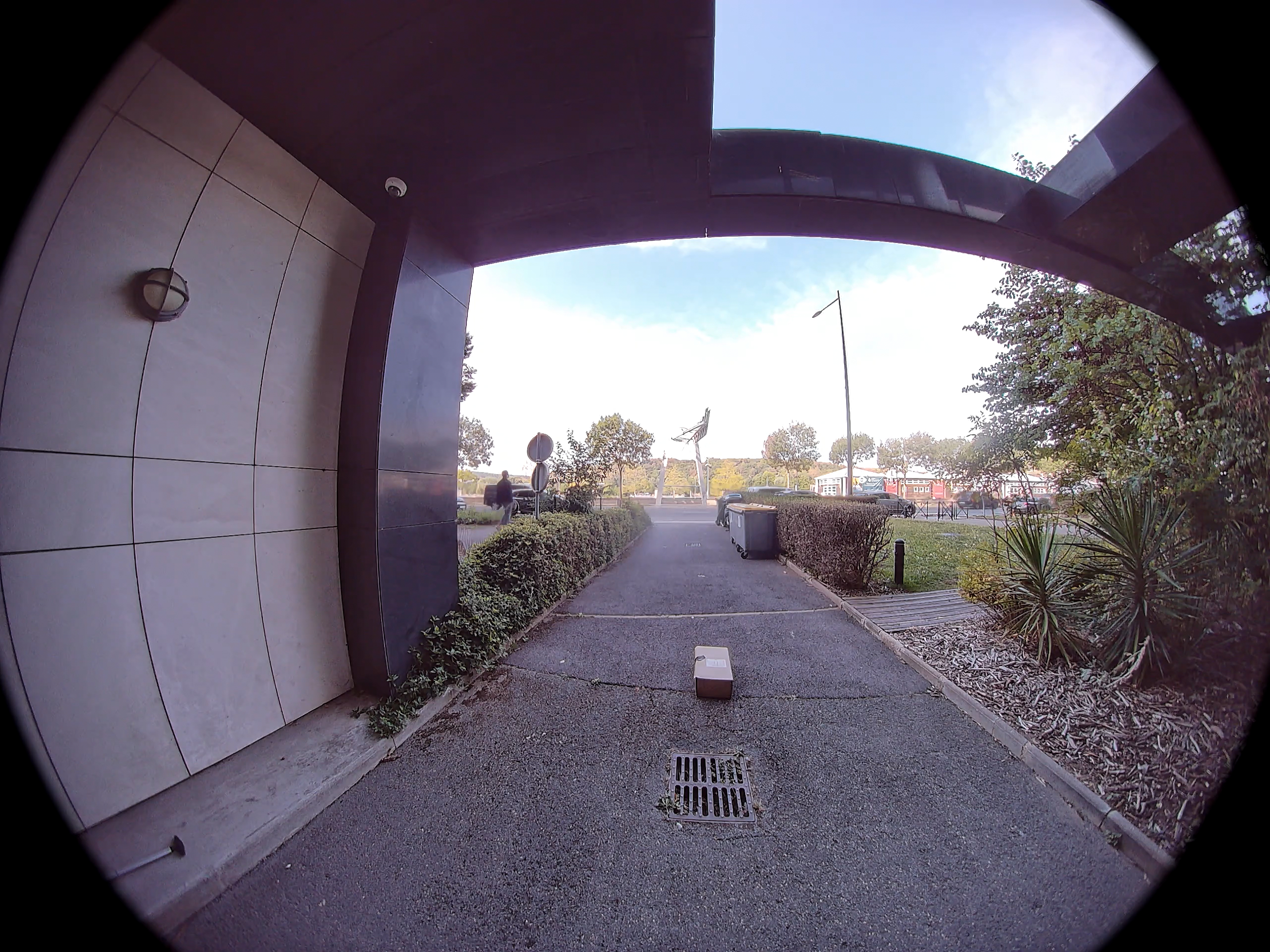
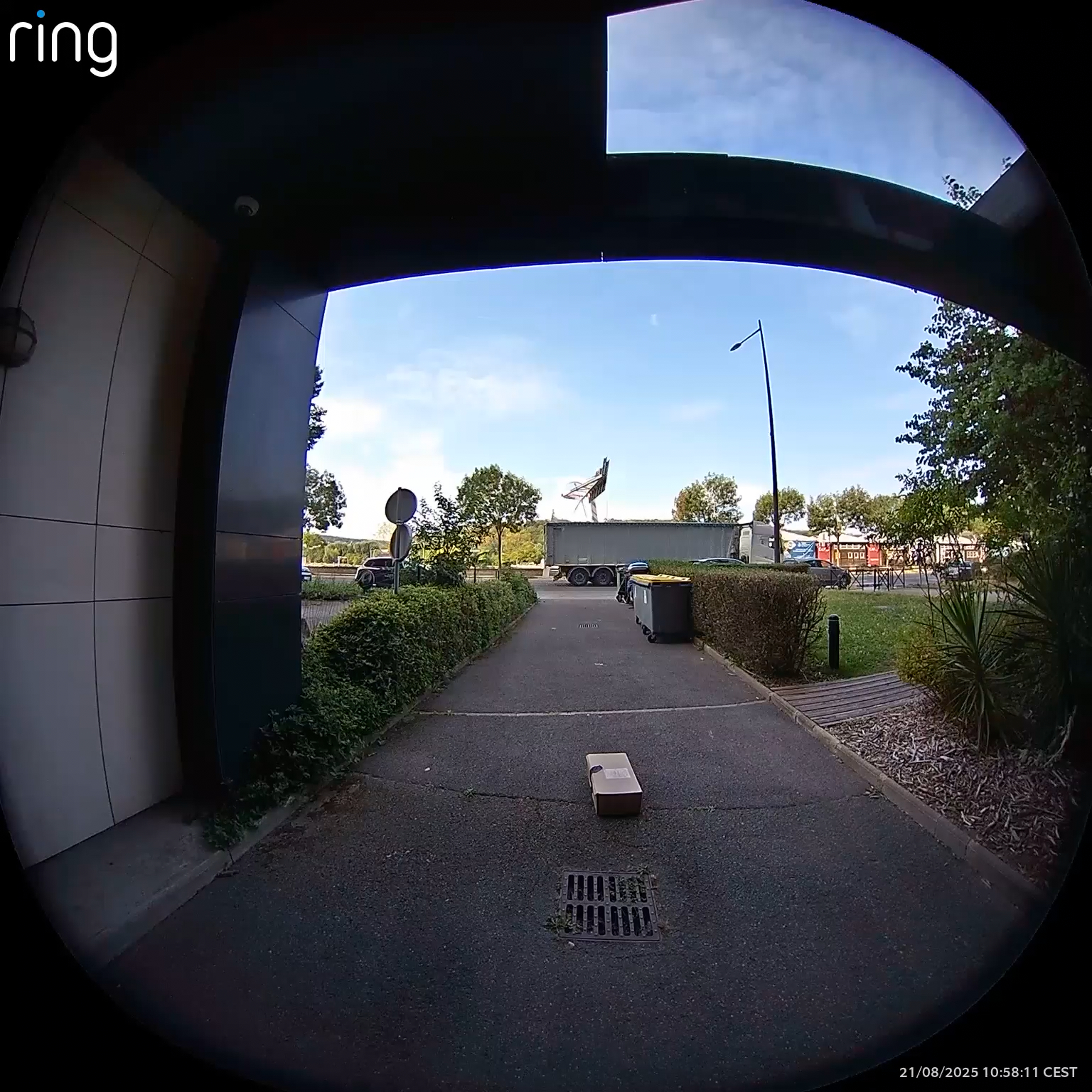
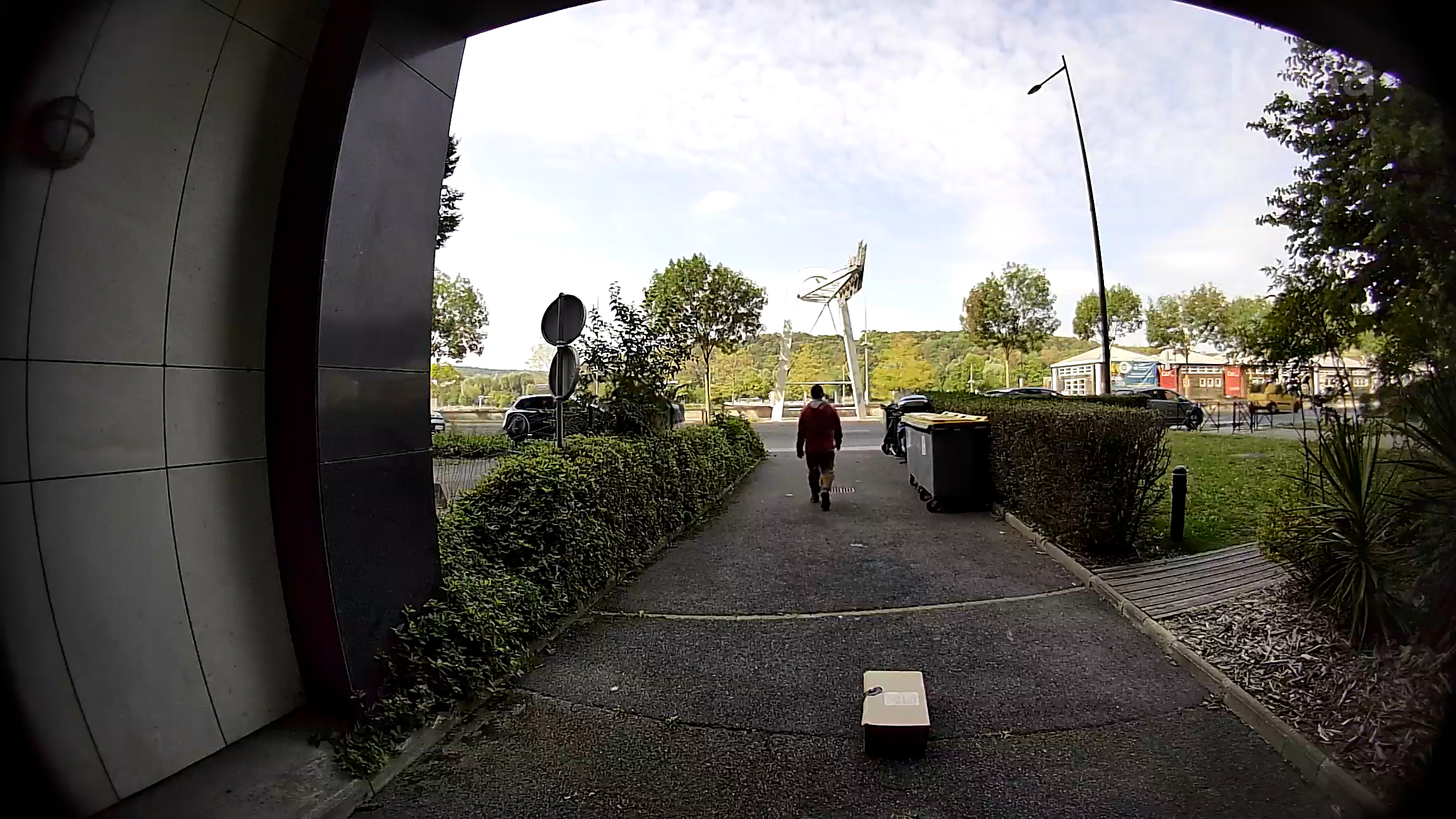
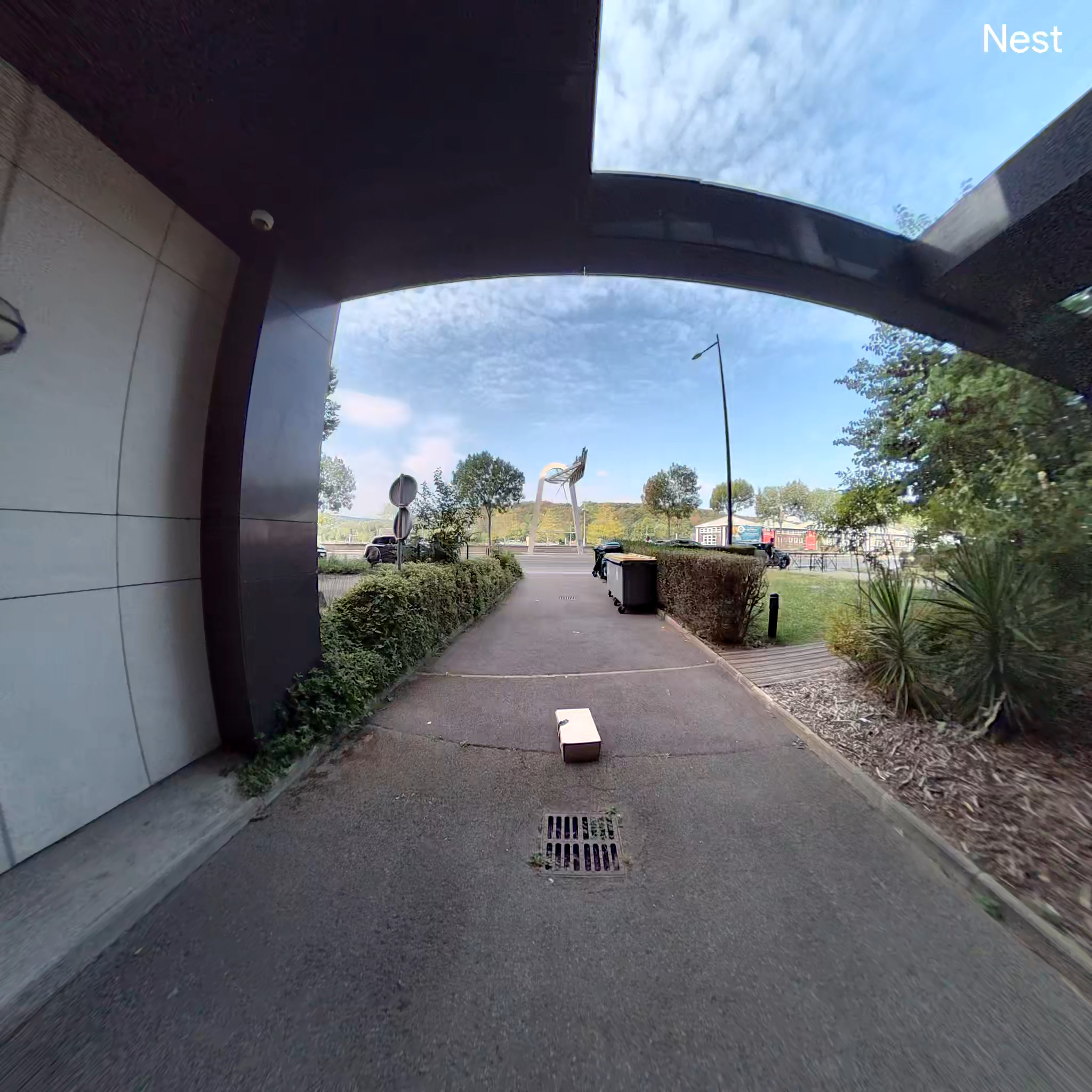
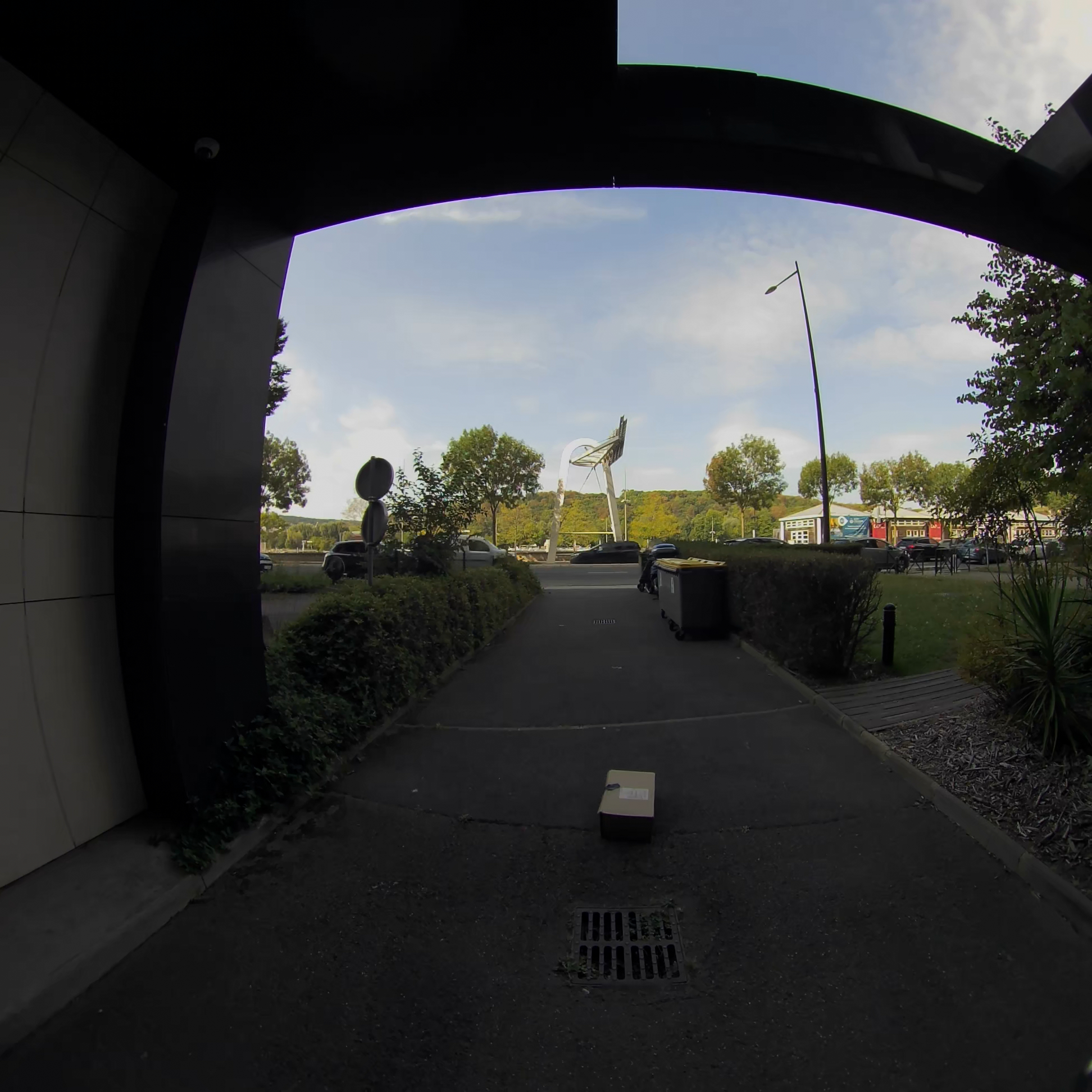
Taking into account all measured metrics across both daylight and nighttime scenarios, the benchmark results below present the performance ranking of all evaluated models.
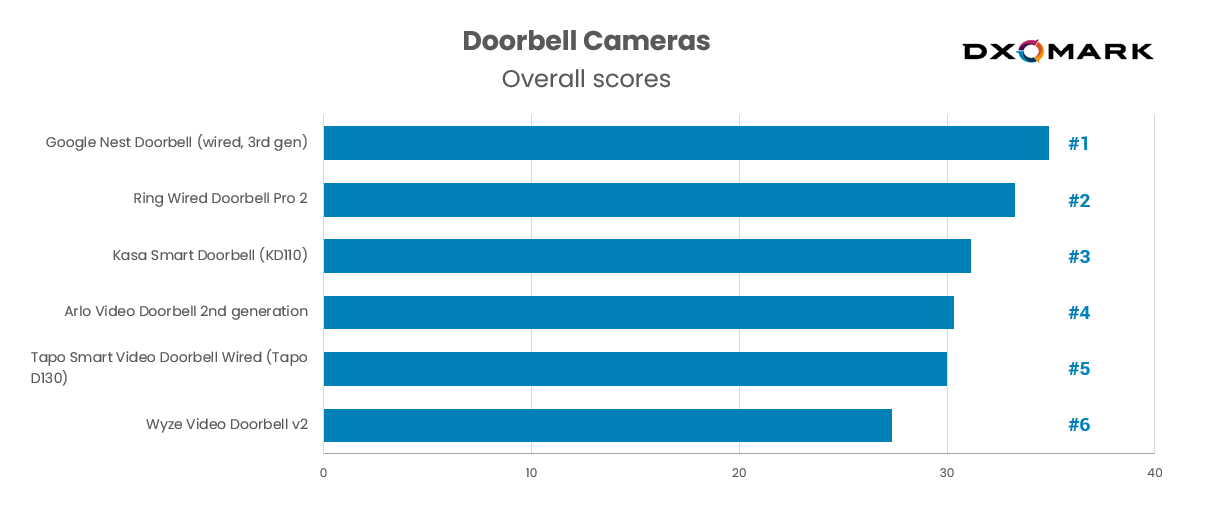
Daylight use case results
Let’s dive into the results of the doorbell under the daylight use case. Daylight use cases range from well-lit conditions on a sunny day to a strong backlit situation, passing by a cloudy day. Doorbells must adapt to these situations to be usable anytime and in any situation. The chart below reflects the Daylight use case scores for all the tested models.
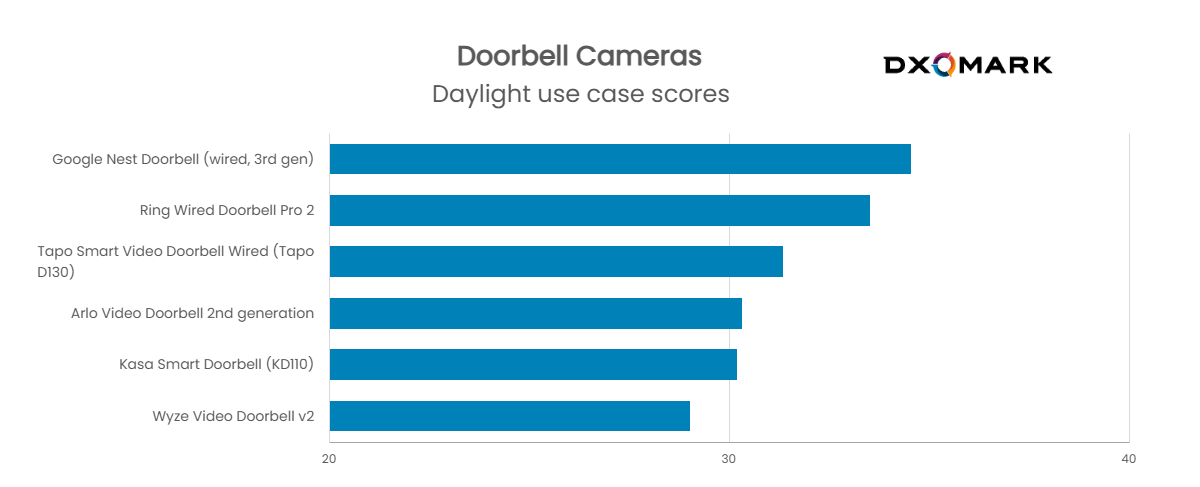
To dive into more details, if we look at a specific scene like bright sunlight with no porch or cover, identifying typical SDR conditions, we observe that most tested devices performed well in this relatively simple case, delivering properly exposed faces.
The main challenge lies in simultaneously managing background exposure to ensure surroundings remain visible. Here, Google Nest Doorbell distinguished itself, thanks to its HDR implementation (the only device in our benchmark showing HDR capabilities ) avoiding clipping in both highlights and shadow areas. Competing models often clipped bright areas (most often, the sky’s brightest parts)
When looking at more challenging situations, when the camera is placed under a porch (looking toward street or backyard), this scenario proved more difficult for the devices of the benchmark. Indeed, faces often fall into shadow, making recognition more challenging. Cameras needed to brighten subjects sufficiently while maintaining usable background exposure.
In these scenarios, Google Nest Doorbell again performed strongly, delivering the highest target exposure and balancing face readability with HDR-preserved background detail. Tapo, offered the brightest face exposure but clipped highlights, while other models struggled to maintain a usable balance.
In both daylight setups, detail rendering and low artifact levels were also crucial for identification. Ring and Tapo offered the sharpest details, while Wyze and Google Nest doorbell produced softer textures, often losing small details. Arlo was hampered by compression artifacts. Google Nest doorbell occasionally showed some HDR-related artifacts but these did not hinder recognition.
Night use case results
At night, most devices switch to infrared (IR) mode, often with a built-in IR illuminator. To simulate realistic conditions, we tested cameras under porch-light scenarios, where bright subjects contrasted sharply with dark backgrounds. This often caused clipped facial details, making recognition difficult.
Here again, Google Nest Doorbell’s HDR strategy provided a clear advantage, avoiding or minimizing clipping while maintaining background visibility. Google Nest doorbell also preserved a higher level of detail at night compared to its daytime performance. However, its HDR algorithm introduced noticeable fusion artifacts in IR mode.
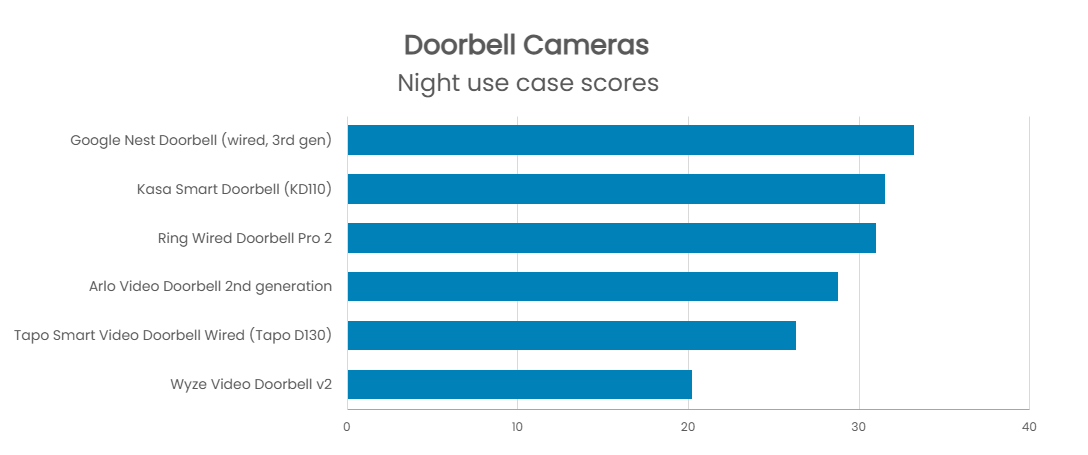
Overall pros & cons of each model
| Pros | Cons | |
|---|---|---|
| Google Nest Doorbell
(Wired, 3rd gen) |
|
|
| Ring Wired Doorbell Pro 2 |
|
|
| Kasa Smart Doorbell (KD 110) |
|
|
| Arlo Video Doorbell 2gen |
|
|
| Tapo Smart Video Doorbell Wired (Tapo D130) |
|
|
| Wyze Video Doorbell v2 |
|
|
Conclusion
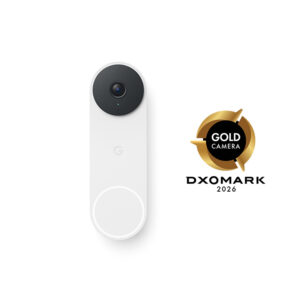
Thanks to its HDR strategy and consistent detail preservation across conditions, Google Nest Doorbell offers the most reliable user experience in our benchmark. Combined with vivid and natural color rendering, it stands out from the competition and earns our DXOMARK Gold Label as the best doorbell camera of 2025.
Outdoor Cameras
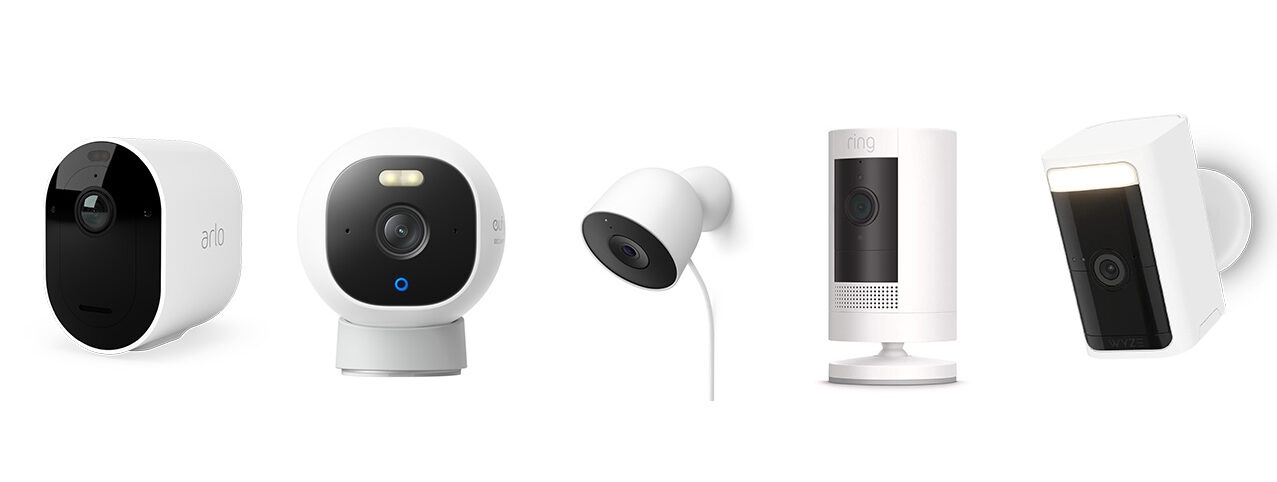
As this category enters our benchmark for the first time, it’s important to note that while the core requirement remains the same, allowing users to see what’s happening around their property, the perspective and use cases differ. Unlike doorbell cameras, which capture visitors directly at the doorstep, outdoor cameras are typically installed higher up or to the side, offering a broader field of view. Their role is less about face-to-face interaction and more about general surveillance, such as monitoring cars entering the driveway or children playing in the yard.
When looking at outdoor security cameras, there are several aspects to consider and to look for. Field of view (FOV) is crucial. From a usability perspective, the wider the coverage, the fewer cameras you will need to monitor your property effectively. Exposure handling is equally important, as the camera must reveal details in both bright and dark areas of the scenes, ensuring that nothing is missed. Finally, texture rendering plays a critical role in identification tasks, such as recognizing unusual activity or reading license plates, which often require maintaining clarity even at long distances.
For the evaluation of outdoor cameras, we considered 5 different models :

To provide accuracy and perspective, we’ve added actual images of the field of view, illustrating what you will genuinely see through the camera:
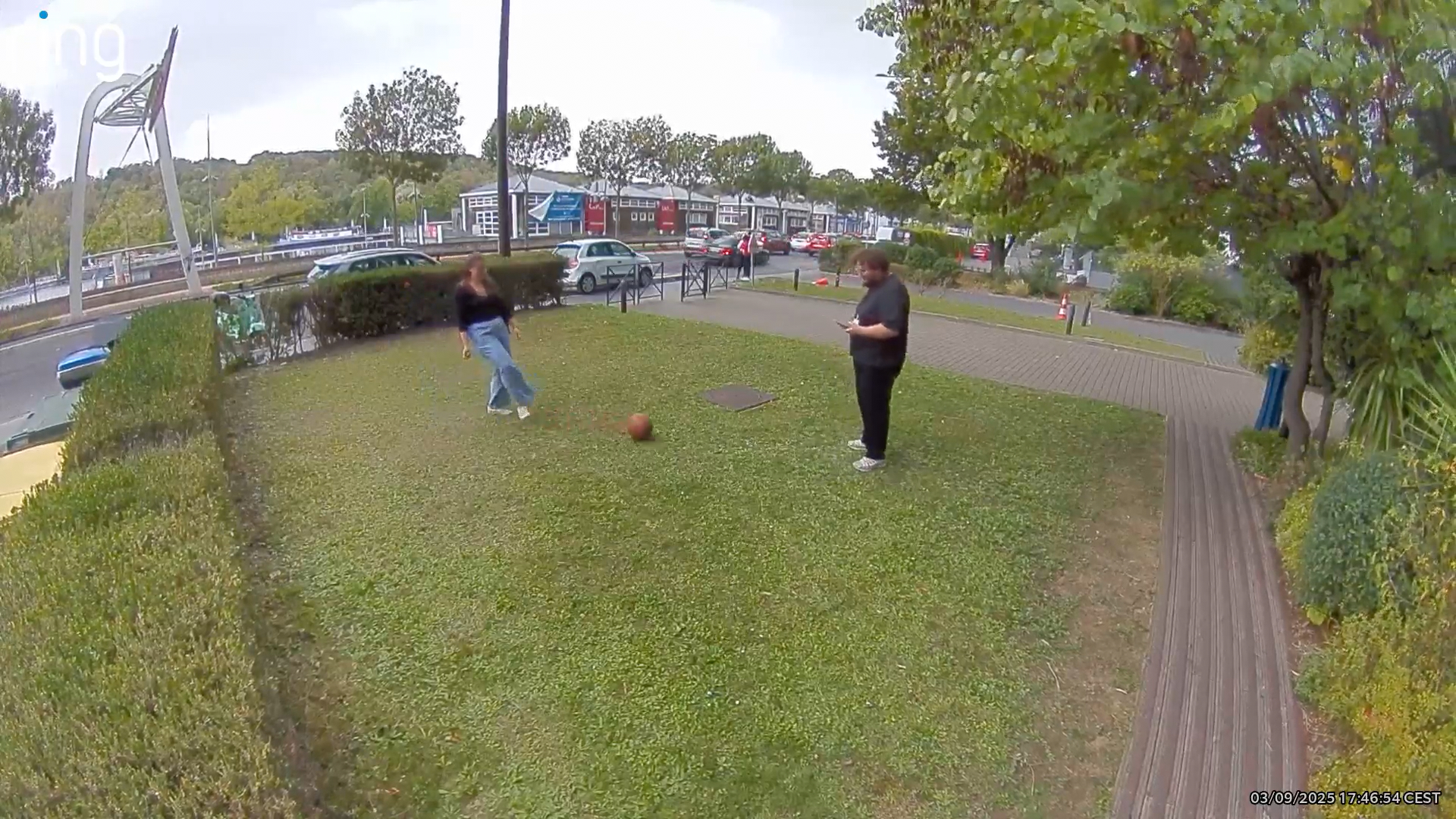
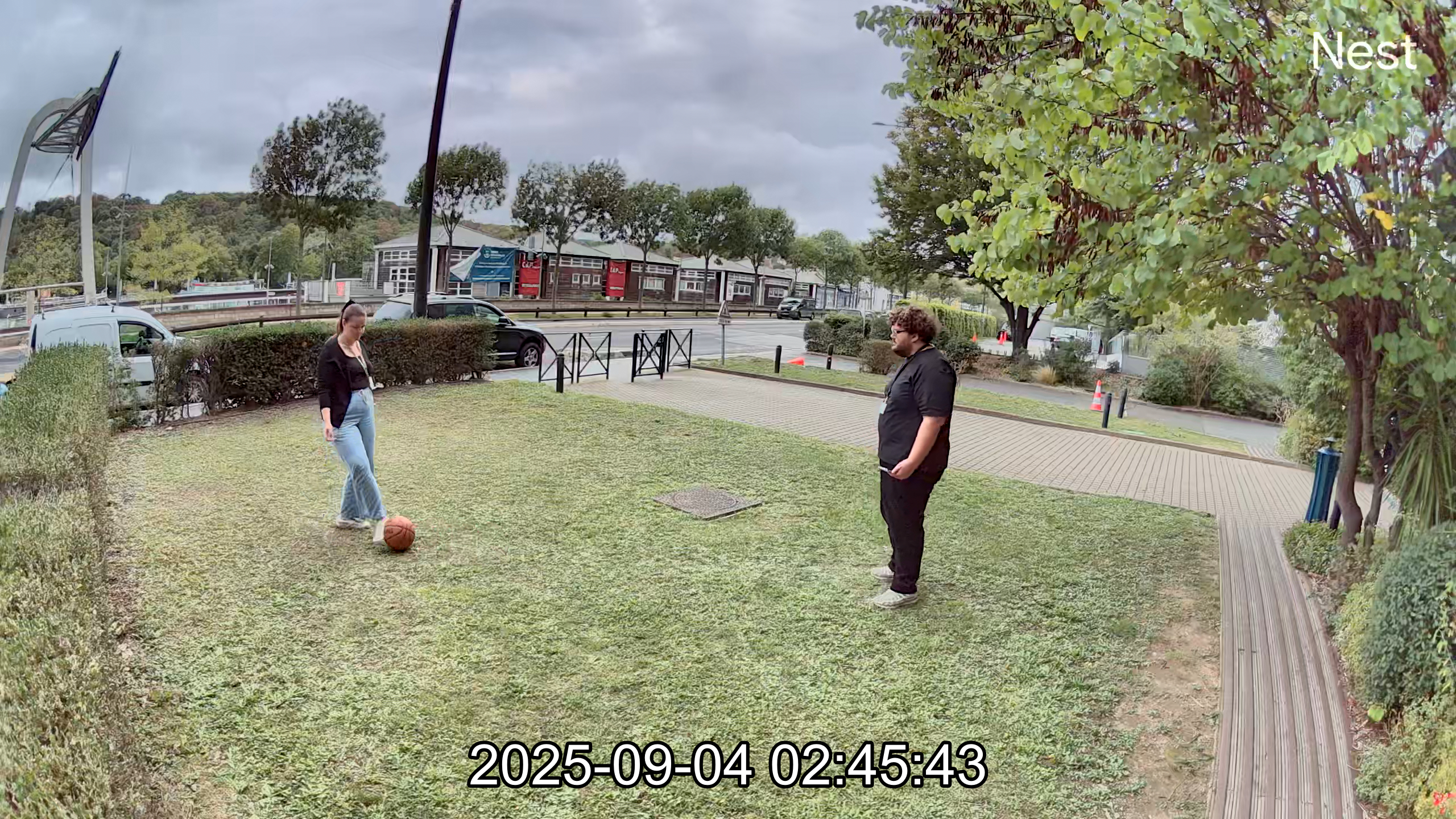
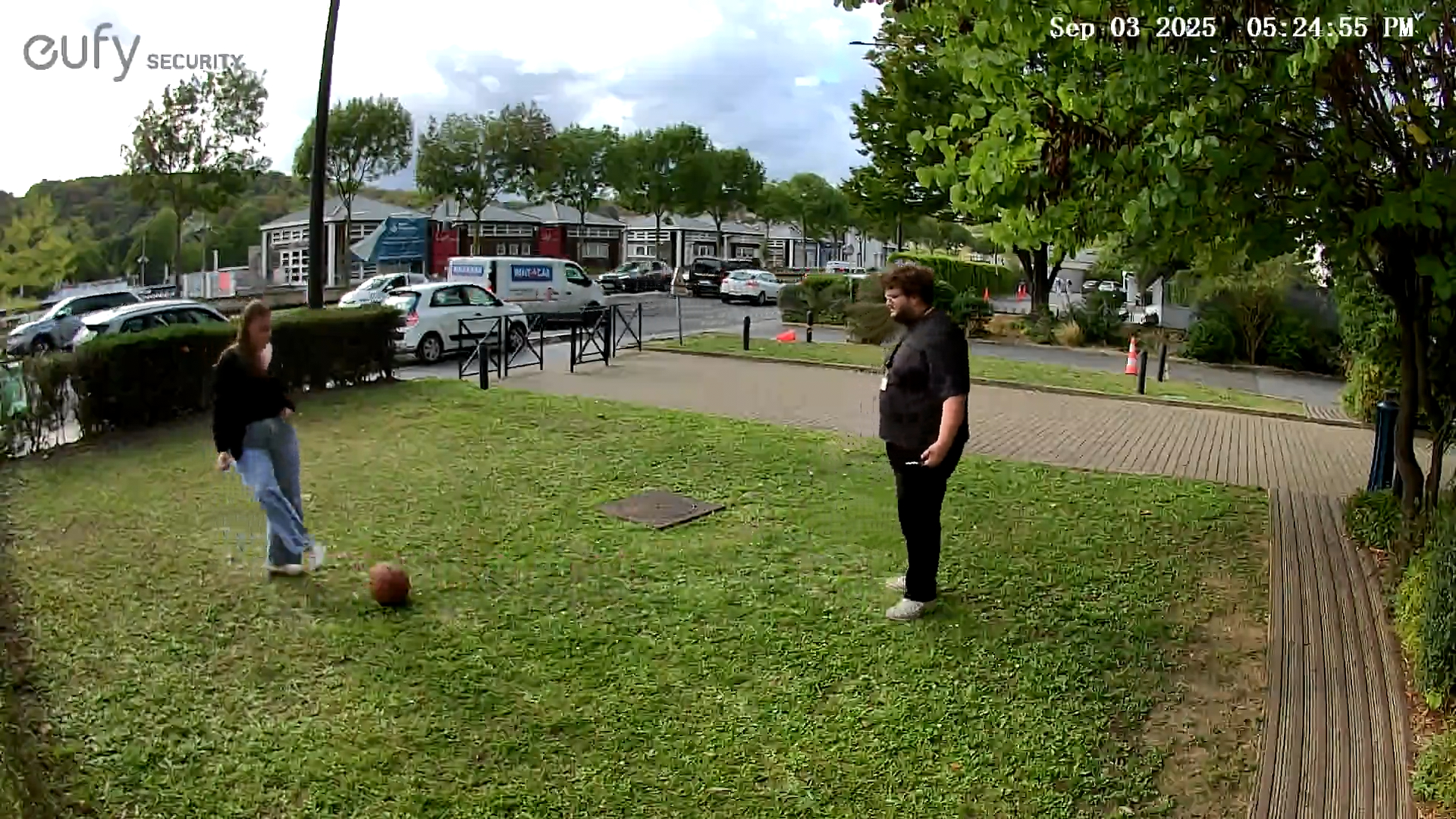
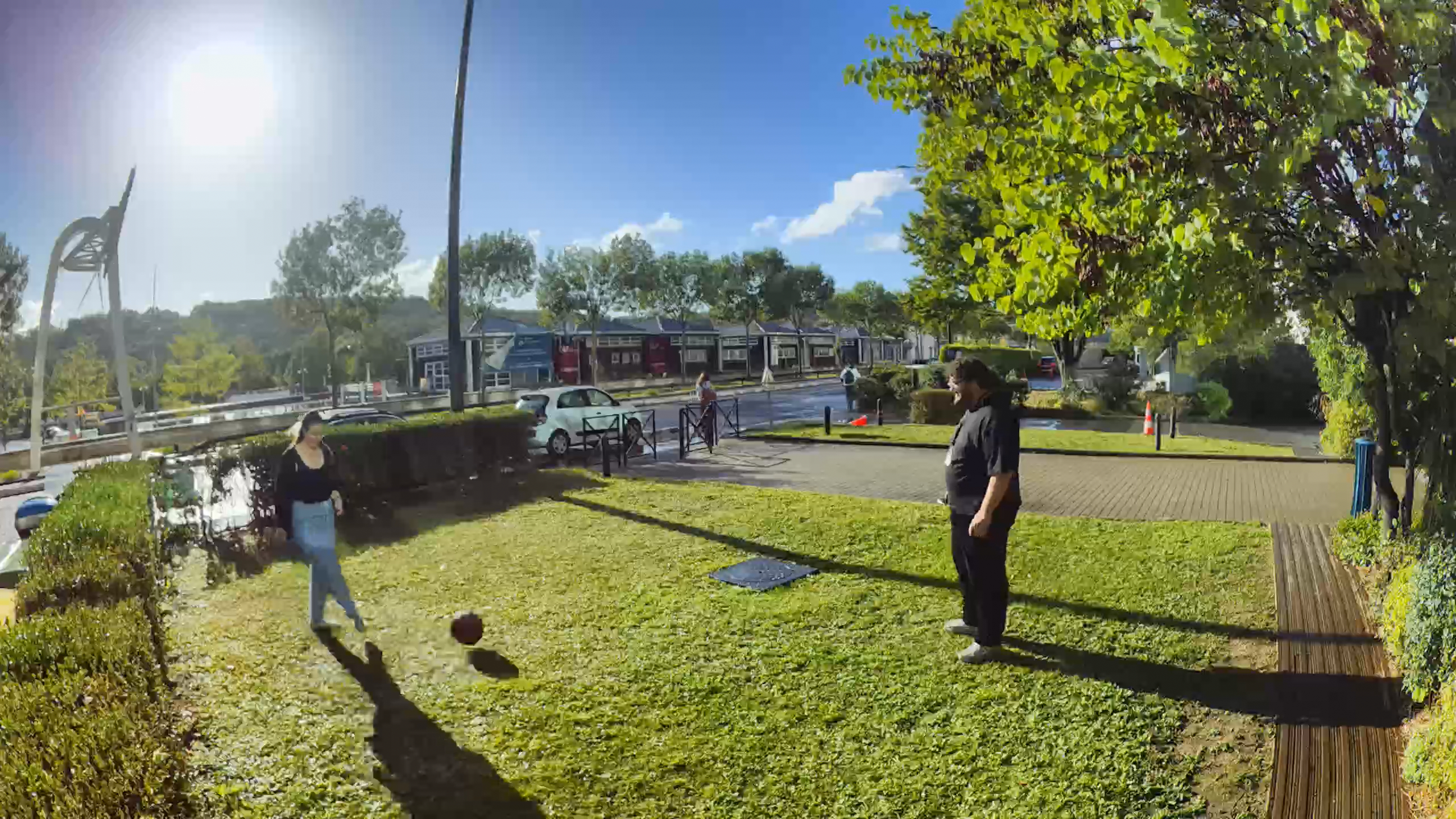
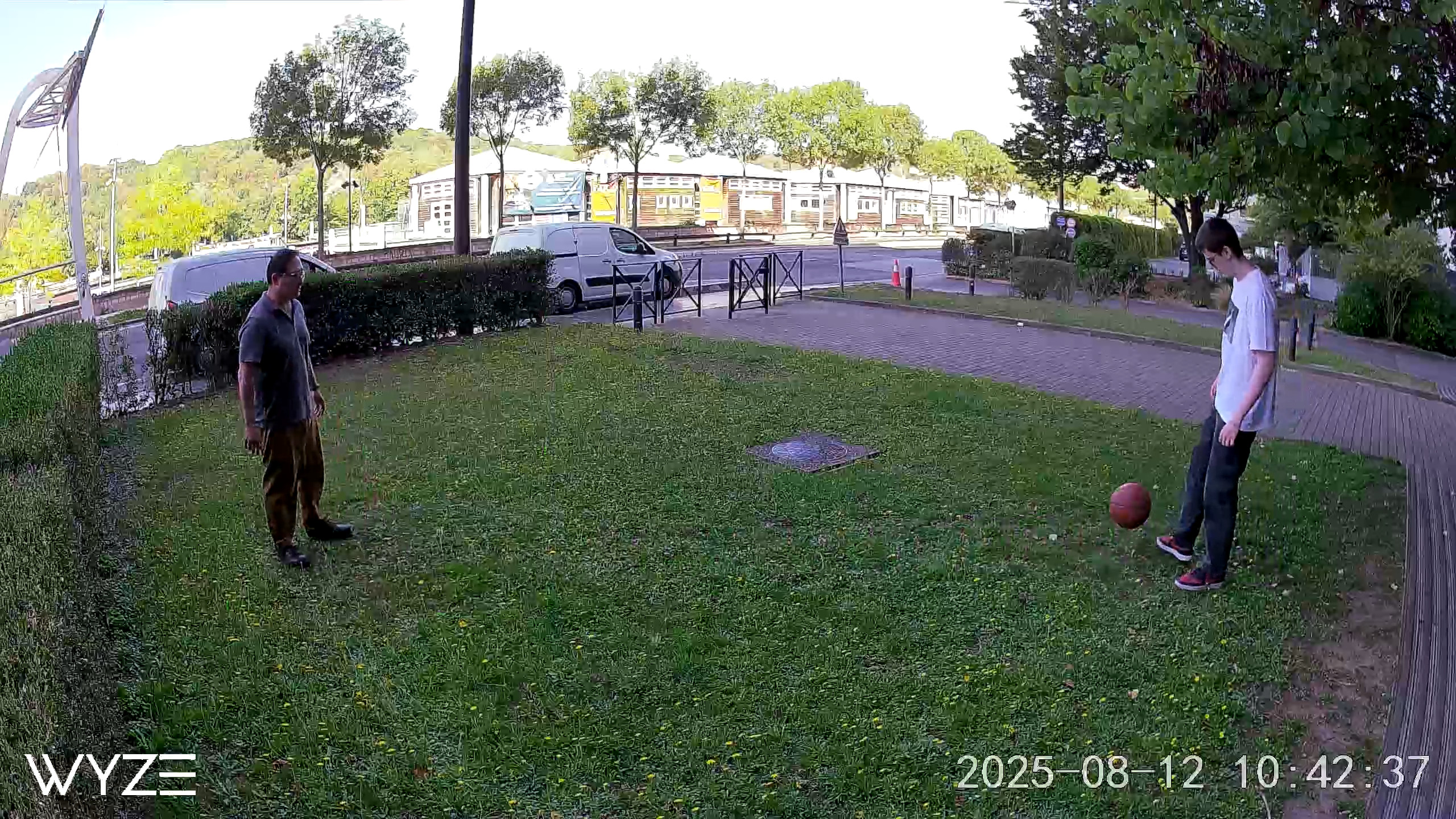
Taking into account all measured metrics across both daylight and nighttime scenarios, the benchmark results below present the performance ranking of all evaluated models.
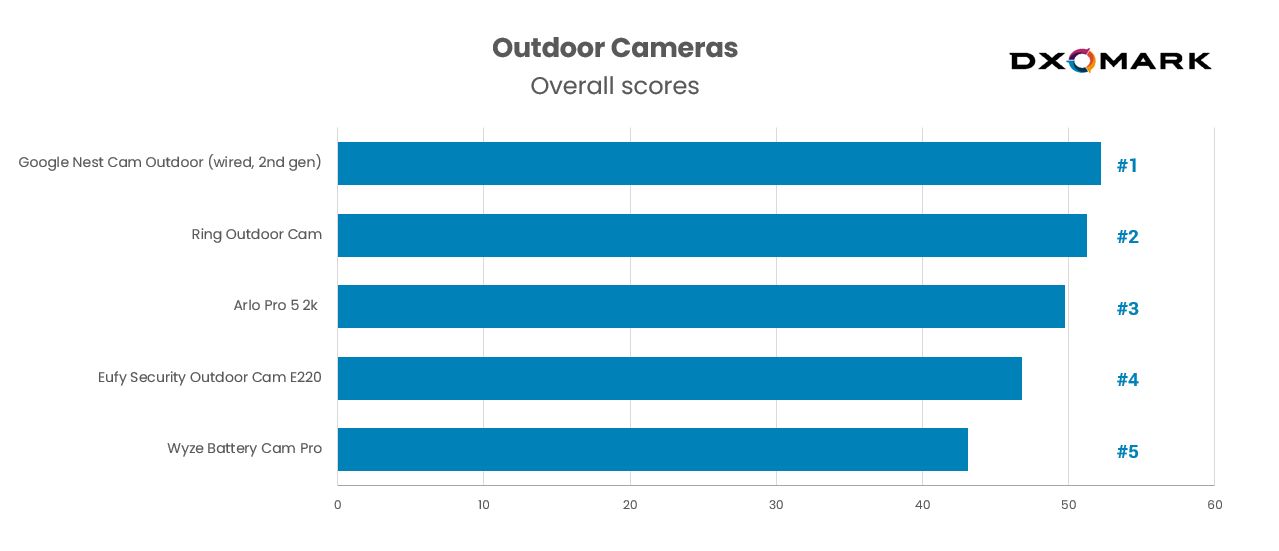
Specifically looking at the specification of the Field-of- View, the Google Nest Cam Outdoor (wired, 2nd gen) delivers a wide lateral field of view, comparable to most models currently available on the market. Among the other models of our benchmark, Ring stands out with the broadest lateral coverage while Wyze offers the narrowest.
Daylight use case results
Let’s dive into the results of the doorbell under the daylight use case. As for doorbells, daylight use cases range from well-lit conditions on a sunny day to a strong backlit situation, passing by a cloudy day. In addition, specific use cases such as license plate readability as well as ball play in the background were specifically studied.
Our results indicate that in daylight conditions, all tested devices provide accurate face exposure under standard SDR scenarios. The Google Nest Cam Outdoor stands out in high-dynamic-range situations, delivering the widest dynamic range and avoiding clipping in both bright areas (such as the sky) and shadows, a challenge for most competing models. At closer distances, Google Nest Cam Outdoor consistently offers the highest level of detail, only occasionally surpassed by Eufy in specific scenes. As the subject moves farther from the camera, identifying a person becomes more challenging for all devices; however, Google Nest Outdoor Cam and Eufy maintain the clearest recognition at longer distances.
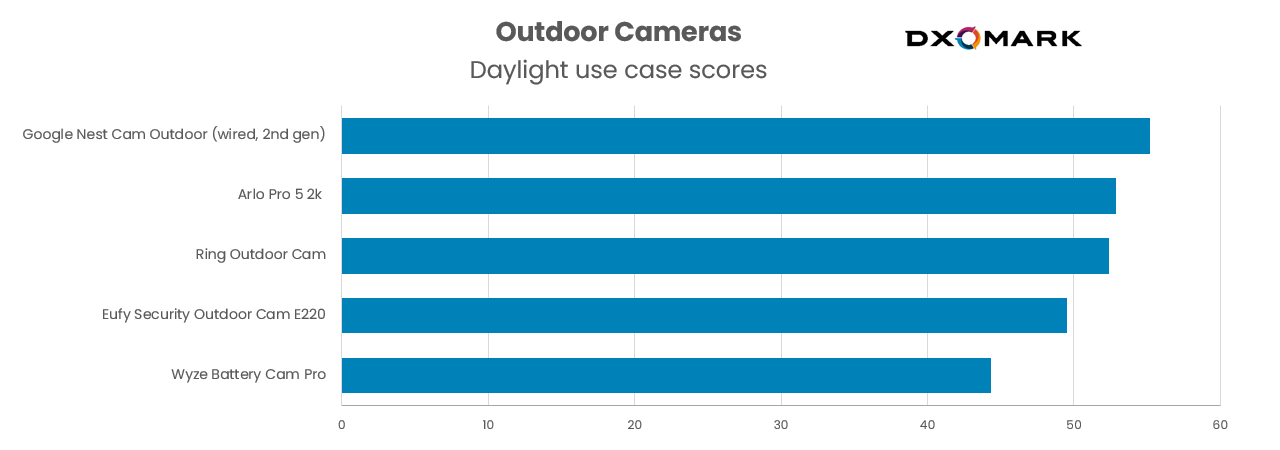
Night use case results
Similarly to doorbells, to simulate realistic conditions, we tested cameras under porch-light scenarios, using an external light source and not the potentially built-in light of the cameras for a fair evaluation.
Looking at night use cases, the Google Nest Cam Outdoor provides the best overall balance, delivering accurate facial brightness while preserving visibility in the background. Other cameras often struggle, either overexposing faces or losing detail in dark areas, which can limit effective surveillance.
Achieving accurate target exposure in low-light conditions can be challenging, particularly when it comes to controlling noise. Google Nest manages this well, showing only slightly more visible noise than its competitors while still delivering a solid balance for surveillance use cases.
Regarding detail retention, all devices face challenges in low-light conditions; however, the Google Nest Cam Outdoor performs better than most, maintaining enough clarity for faces to remain identifiable at close range.
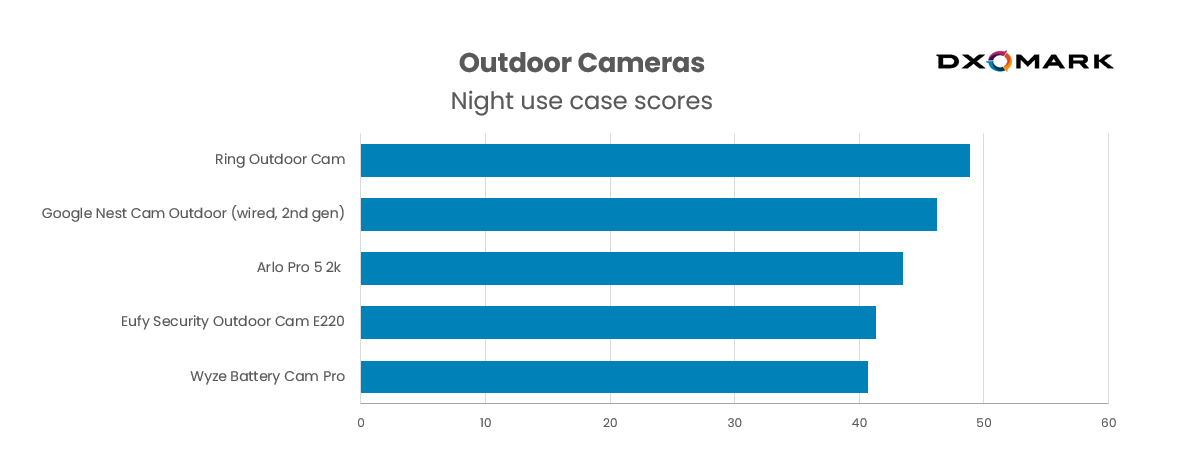
Overall pros & cons of each model
| Pros | Cons | |
|---|---|---|
| Google Nest Cam Outdoor |
|
|
| Ring Outdoor Cam |
|
|
| Arlo Pro 5 2k |
|
|
| eufy Security Outdoor Cam E220 |
|
|
| Wyze Battery Cam Pro |
|
|
Conclusion
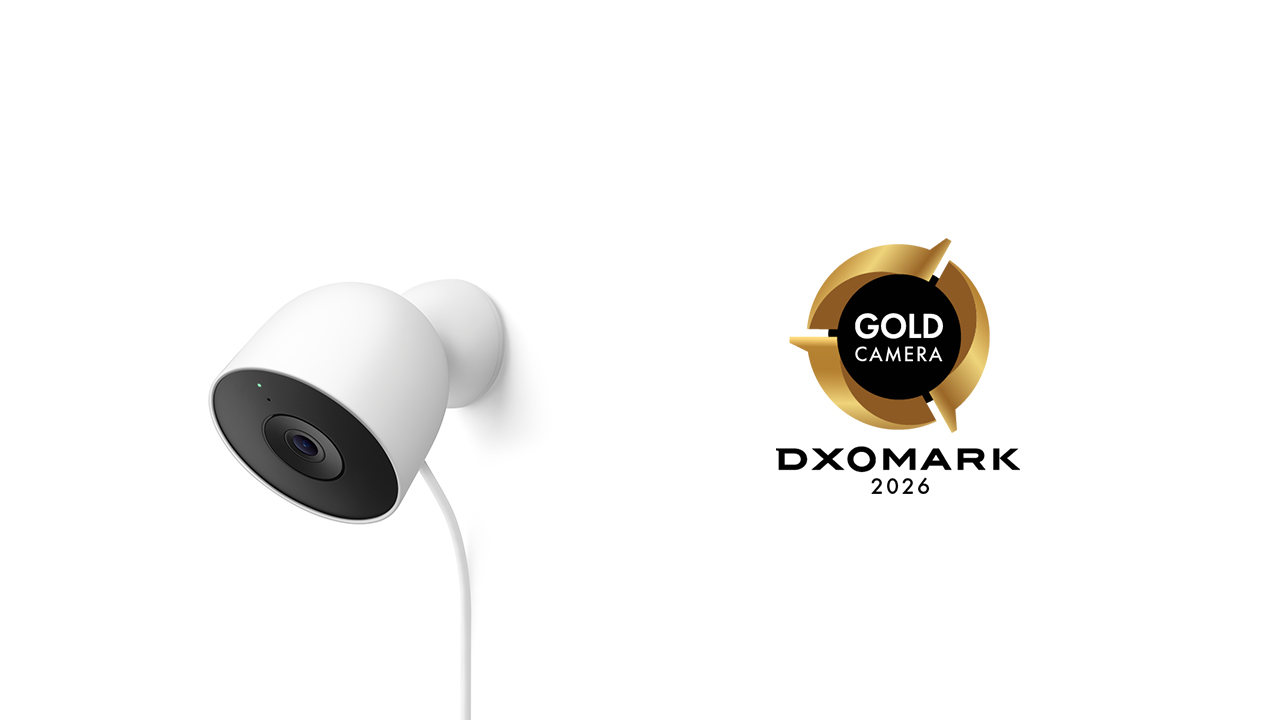
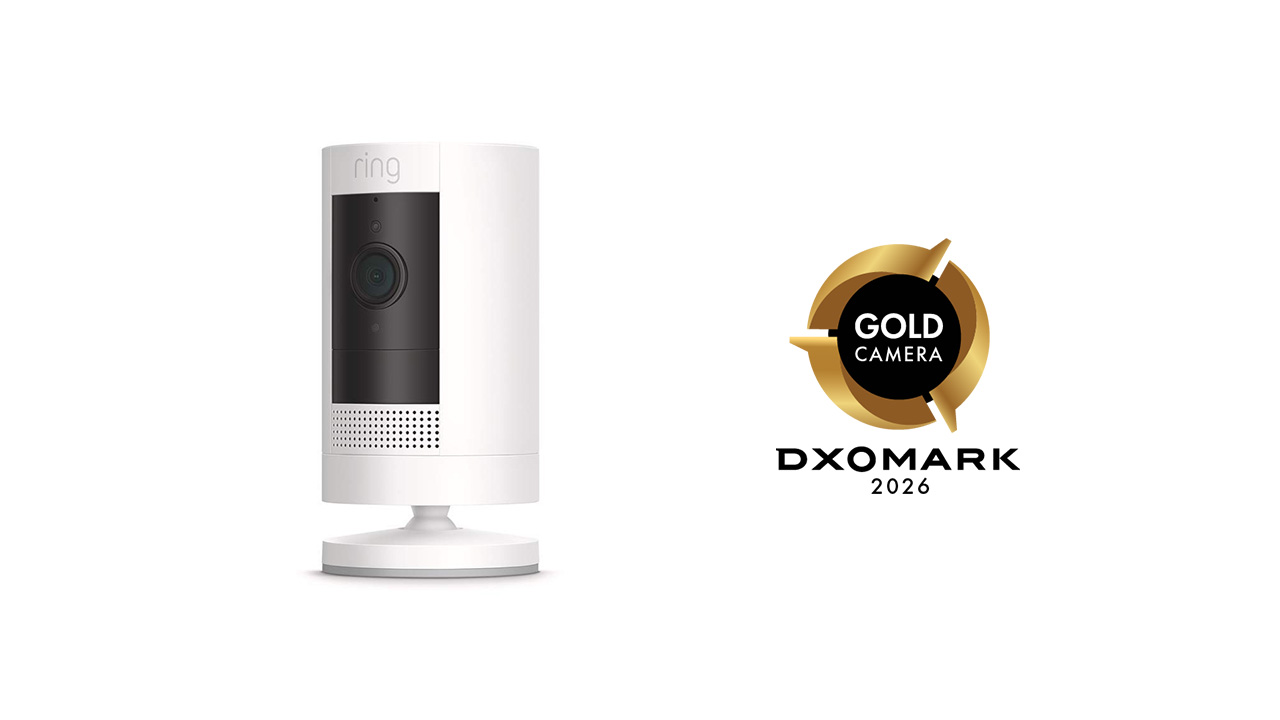
Thanks to its HDR processing and consistently strong level of detail across all conditions, the Google Nest Outdoor Cam delivers optimized surveillance performance. Combined with its natural and pleasant color rendering, it stands out as the best outdoor camera in our benchmark.
Following the Google Nest Outdoor Cam, the Ring Outdoor Cam also delivers strong overall performance, offering a wide field of view and well-controlled noise. Both devices qualify for the DXOMARK Gold Label for outdoor cameras.
Indoor Cameras
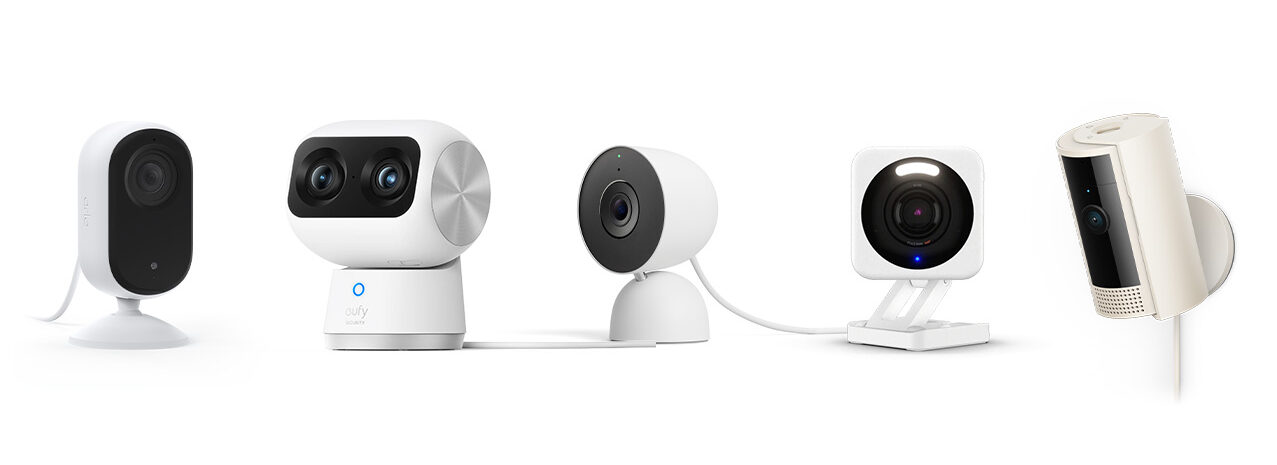
While doorbell and outdoor cameras are primarily focused on monitoring specific events such as intrusions or a vehicle entering the driveway, indoor cameras serve a broader purpose: capturing as much of the room as possible, including windows and general activity within the scene.
When evaluating indoor cameras, several key factors come into play. Field of view (FOV) is critical from a practical standpoint, the wider the coverage, the fewer cameras are needed to monitor the space effectively. Exposure must be balanced, ensuring visibility in both bright and dark areas of the room. Finally, texture rendering is important for identification purposes, allowing intruders or other subjects to be recognized clearly at short to medium distances.
For the benchmark of the indoor cameras, we considered 5 different models, presented below with their respective specifications:

To provide accuracy and perspective, we’ve added actual images of the field of view, illustrating what you will genuinely see through the camera:
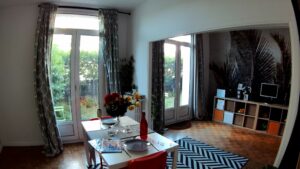
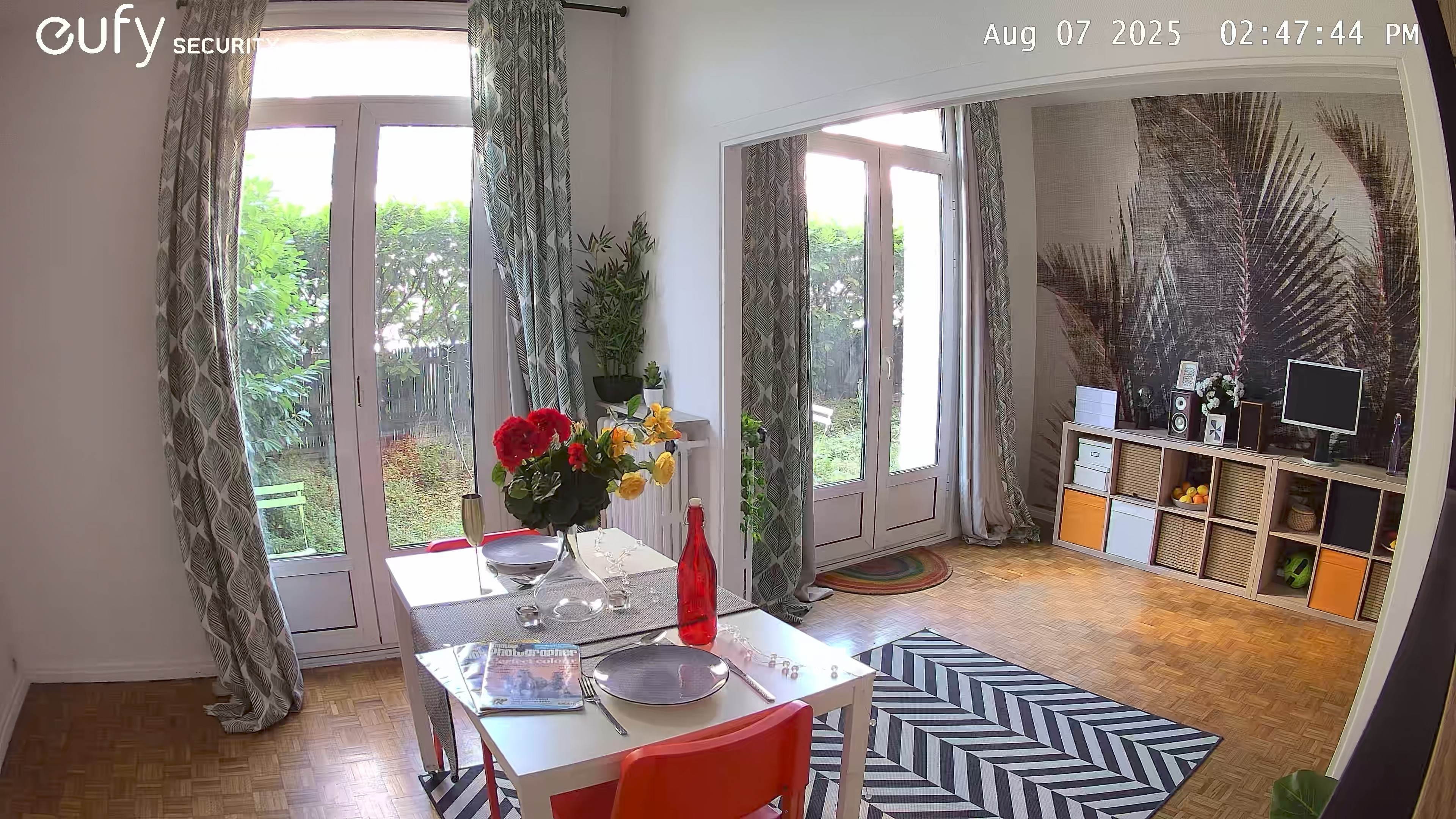
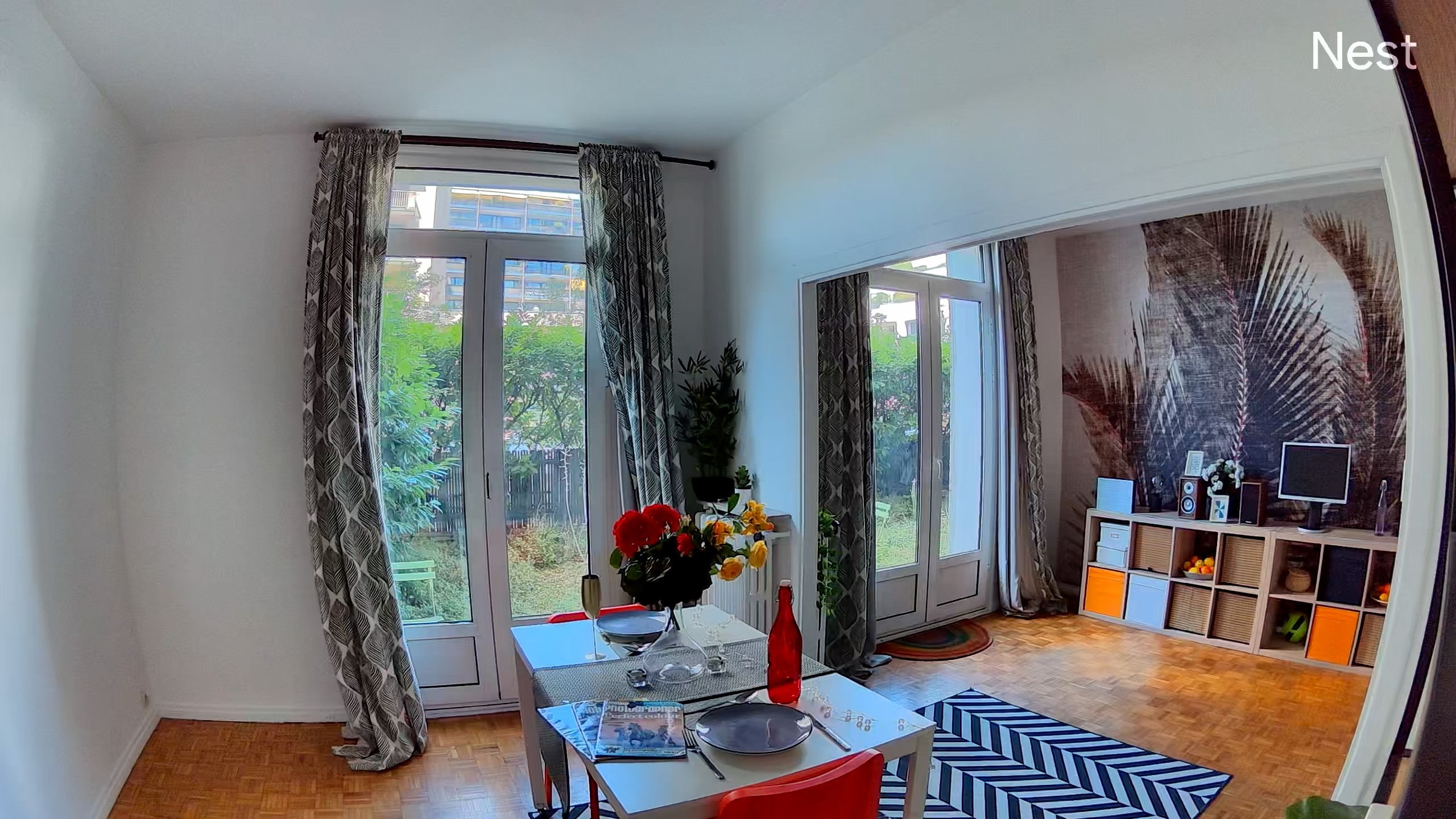
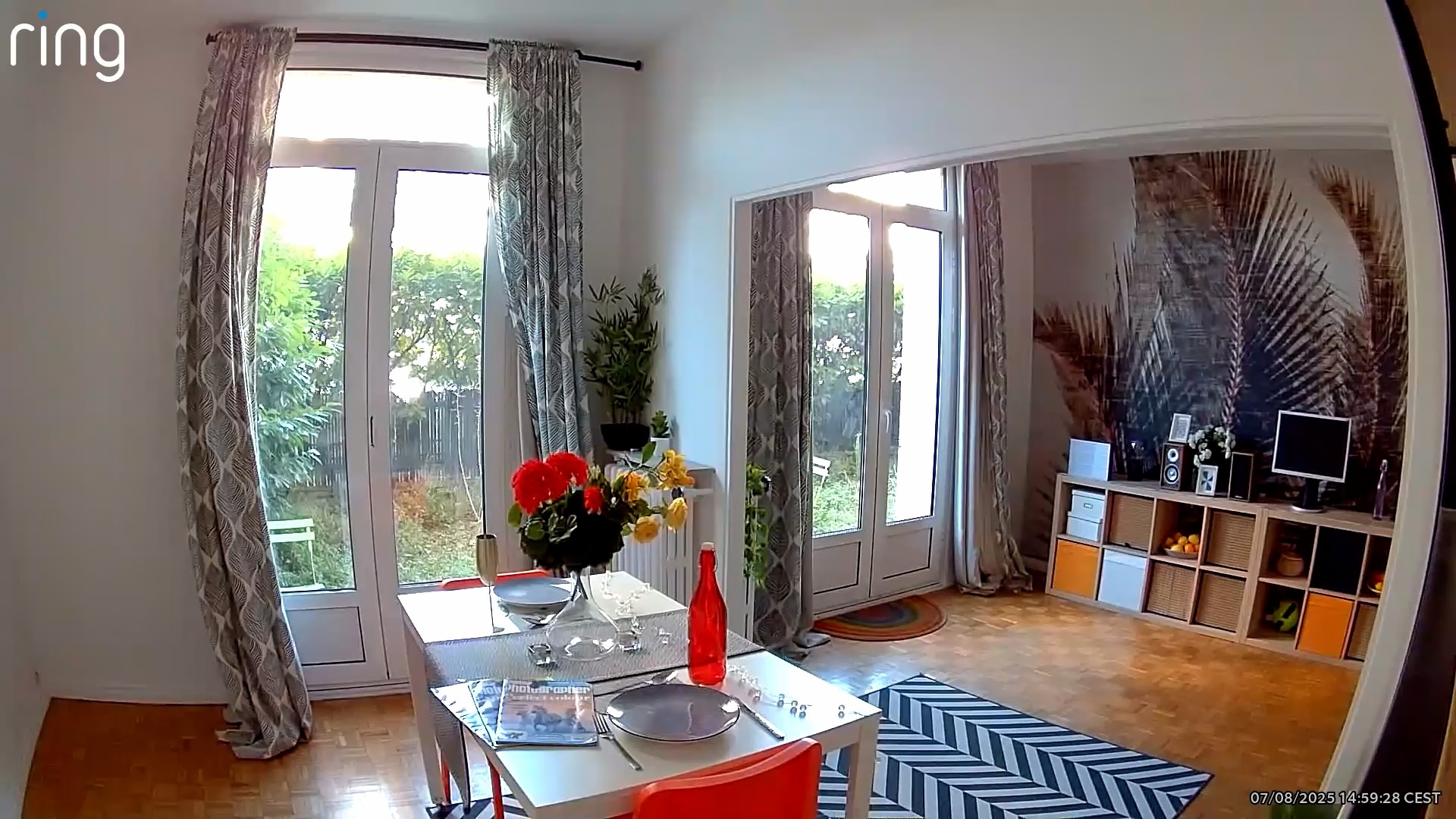
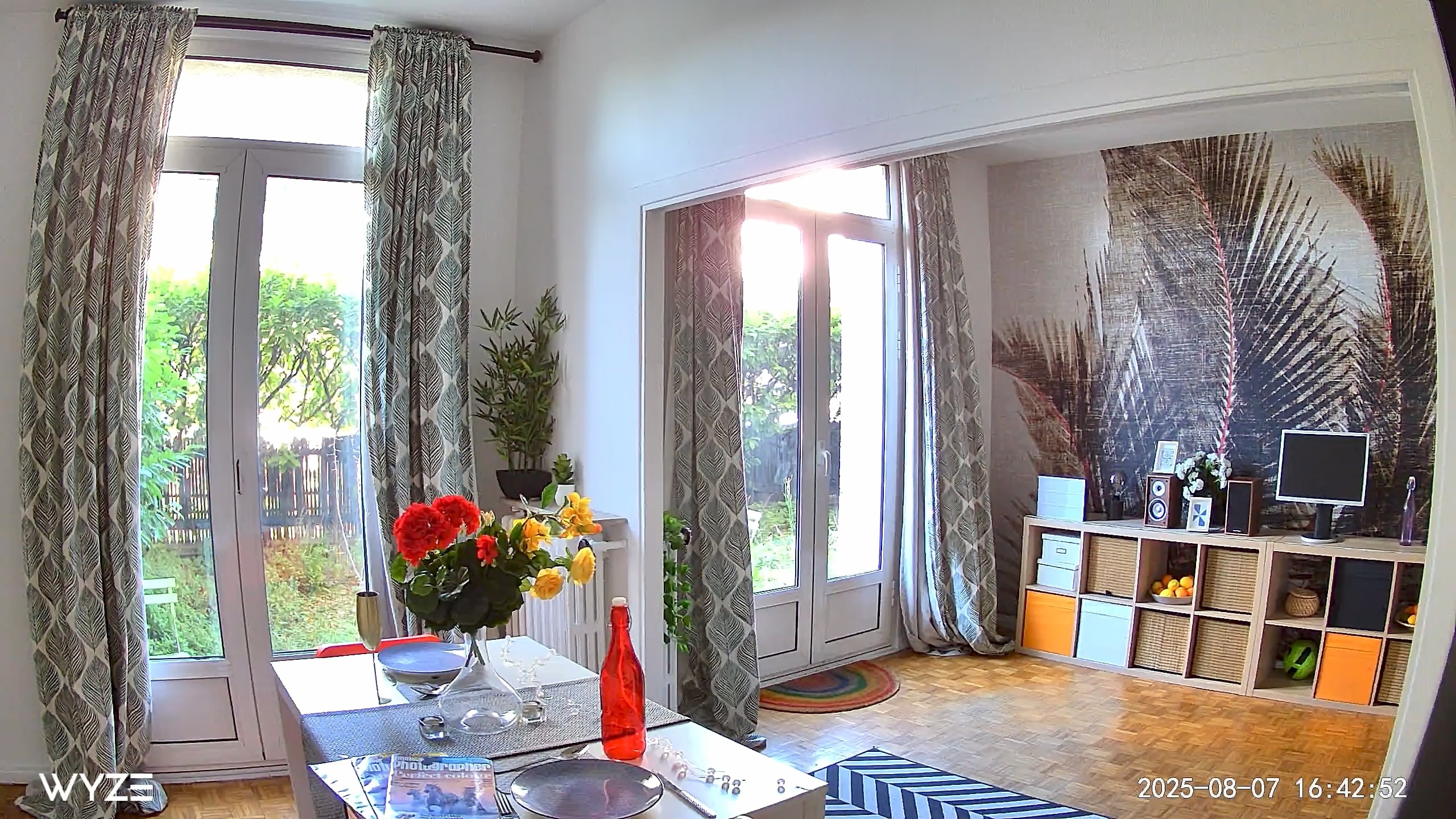
Taking into account all measured metrics across both daylight and nighttime scenarios, the benchmark results below present the performance ranking of all evaluated models.
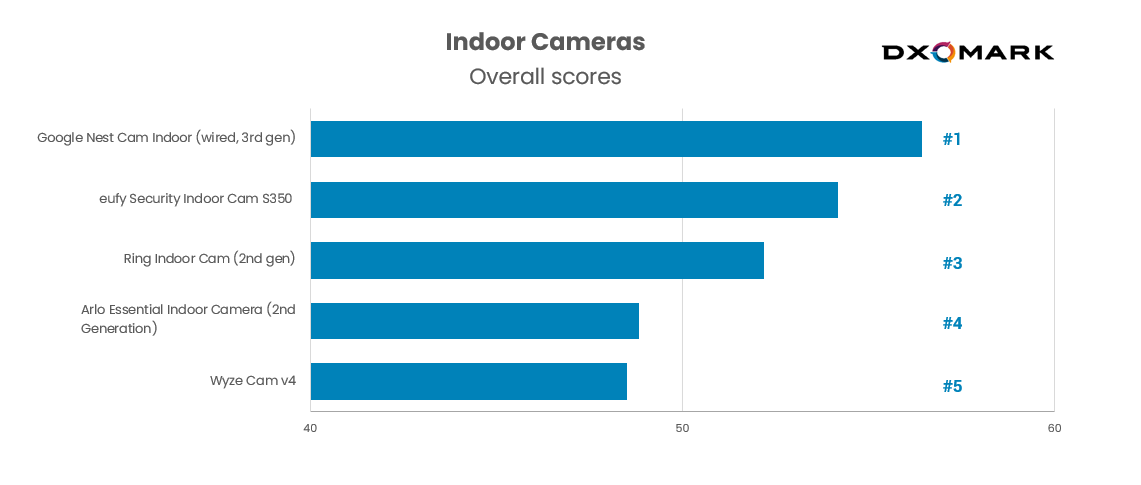
Within our benchmark, the Google Nest Cam indoor camera offers the widest lateral field of view, capturing the most area and providing a comprehensive view of the room. In contrast, the Wyze cam v4 has the narrowest coverage, leaving some corners of the room outside its view.
Color mode / Daylight test results
In this specific part, we will qualify the performance of indoor cameras when light levels are sufficient to use a visible-light sensor.
In daylight conditions, using natural light from windows, overall face brightness is generally accurate. While the Google Nest Cam indoor has a slightly lower target exposure on faces compared to Eufy and Wyze, faces remain easily recognizable. Arlo, by contrast, has the lowest face exposure, making recognition more challenging. Google Nest Cam Indoor’s key advantage over competitors is a wide dynamic range, minimizing clipping in bright areas such as windows and allowing effective monitoring of both subjects and background.
Under “evening” conditions with only dim artificial lighting, Google Nest Cam Indoor maintains the lowest face brightness, yet faces are still fully identifiable.
In terms of detail, Google Nest Cam Indoor provides an acceptable level for recognition, though fine textures appear softer and less sharp compared to Eufy or Wyze. Color rendering and white balance are generally pleasant across most cameras; however, Wyze can appear slightly desaturated, while Arlo exhibits a pronounced orange cast under warm artificial lighting in evening conditions.
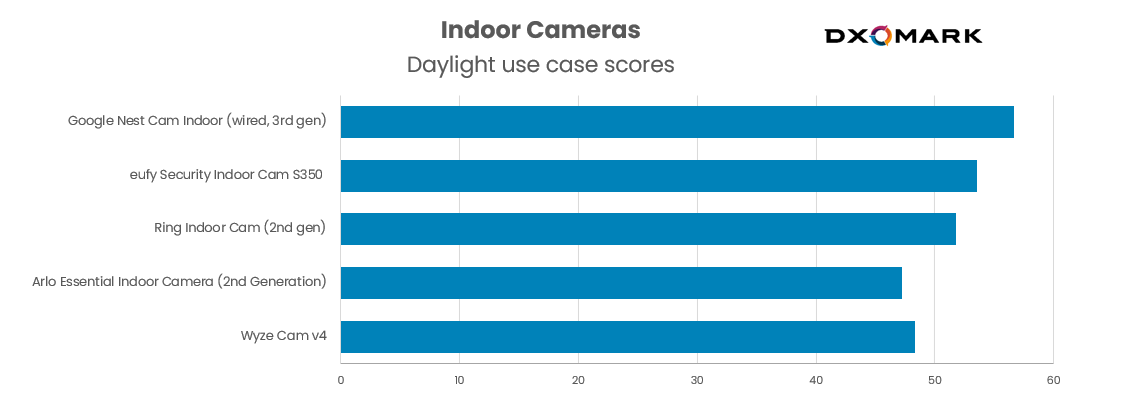
Infrared mode test results
When light levels are too low for usual cameras to offer an acceptable quality, surveillance devices can switch to Infrared (IR) mode. All cameras in our benchmark offer a black-and-white IR mode.
Most deliver accurate overall brightness, though some lose detail in shadowed areas. The Google Nest Cam Indoor stands out with the widest dynamic range, but its tone compression can sometimes render faces unnaturally, making identification slightly more difficult. It is the only camera that avoids complete clipping of objects near the IR source, allowing at least partial recognition. In terms of detail, Google Nest Cam Indoor provides an acceptable level for face identification, although fine textures are softer and less sharp compared to Eufy or Wyze.
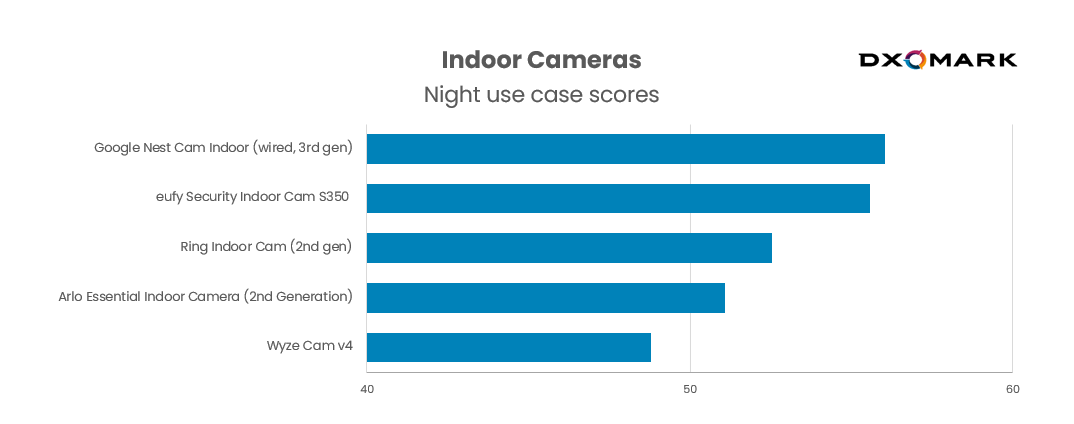
Overall pros & cons of each model
| Pros | Cons | |
|---|---|---|
| Google Nest Cam Indoor (wired, 3rd gen) |
|
|
| Ring Indoor Cam (2nd gen) |
|
|
| Arlo Essential Indoor Cam (2nd generation) |
|
|
| eufy Security Indoor Cam S350 |
|
|
| Wyze Cam v4 |
|
|
Conclusion
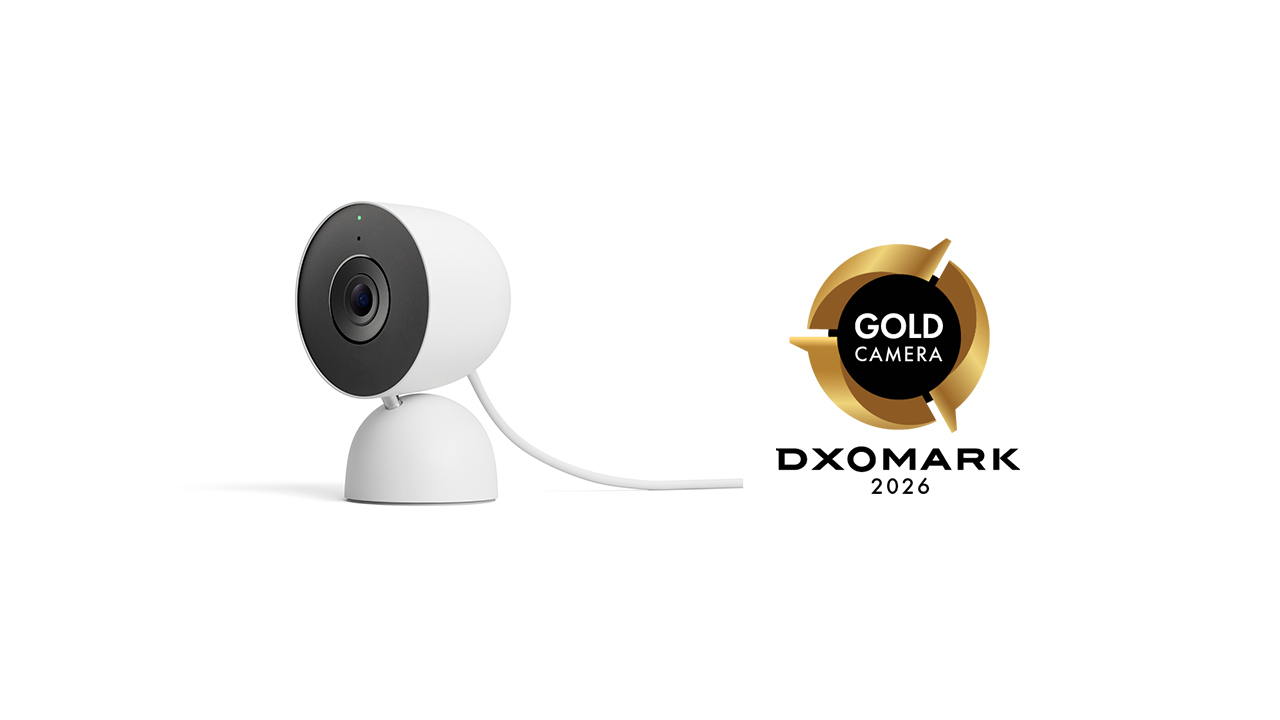
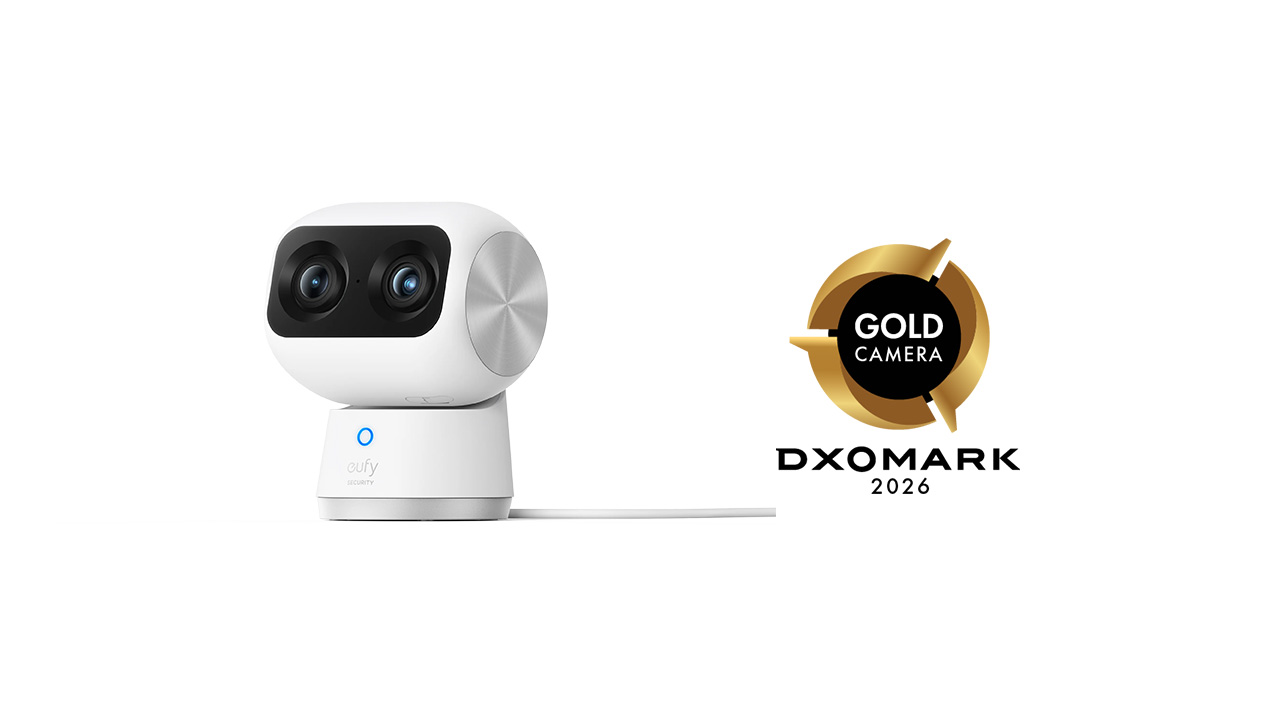
Thanks to its HDR strategy and wide field of view, the Google Nest Indoor provides optimized indoor surveillance in all lighting conditions, along with pleasant color rendering and a sufficient level of detail. The Eufy Indoor Cam also offers a good experience, delivering high levels of detail and accurate target exposure. Both devices qualify for the Gold Label for indoor cameras.



